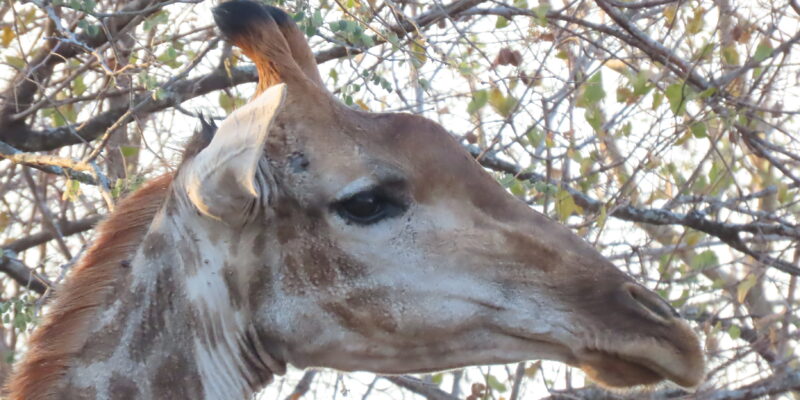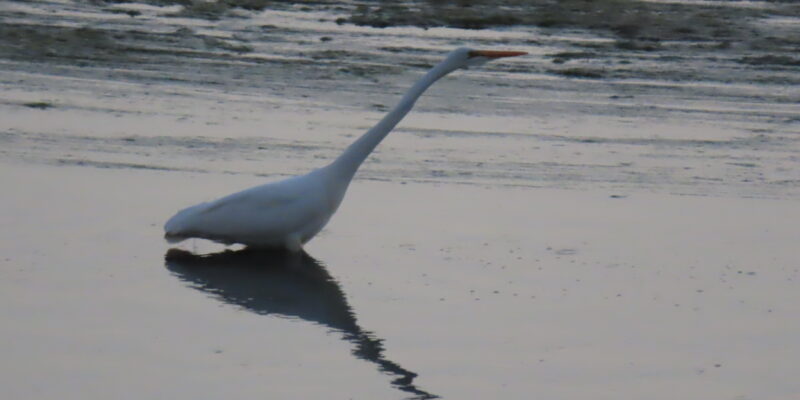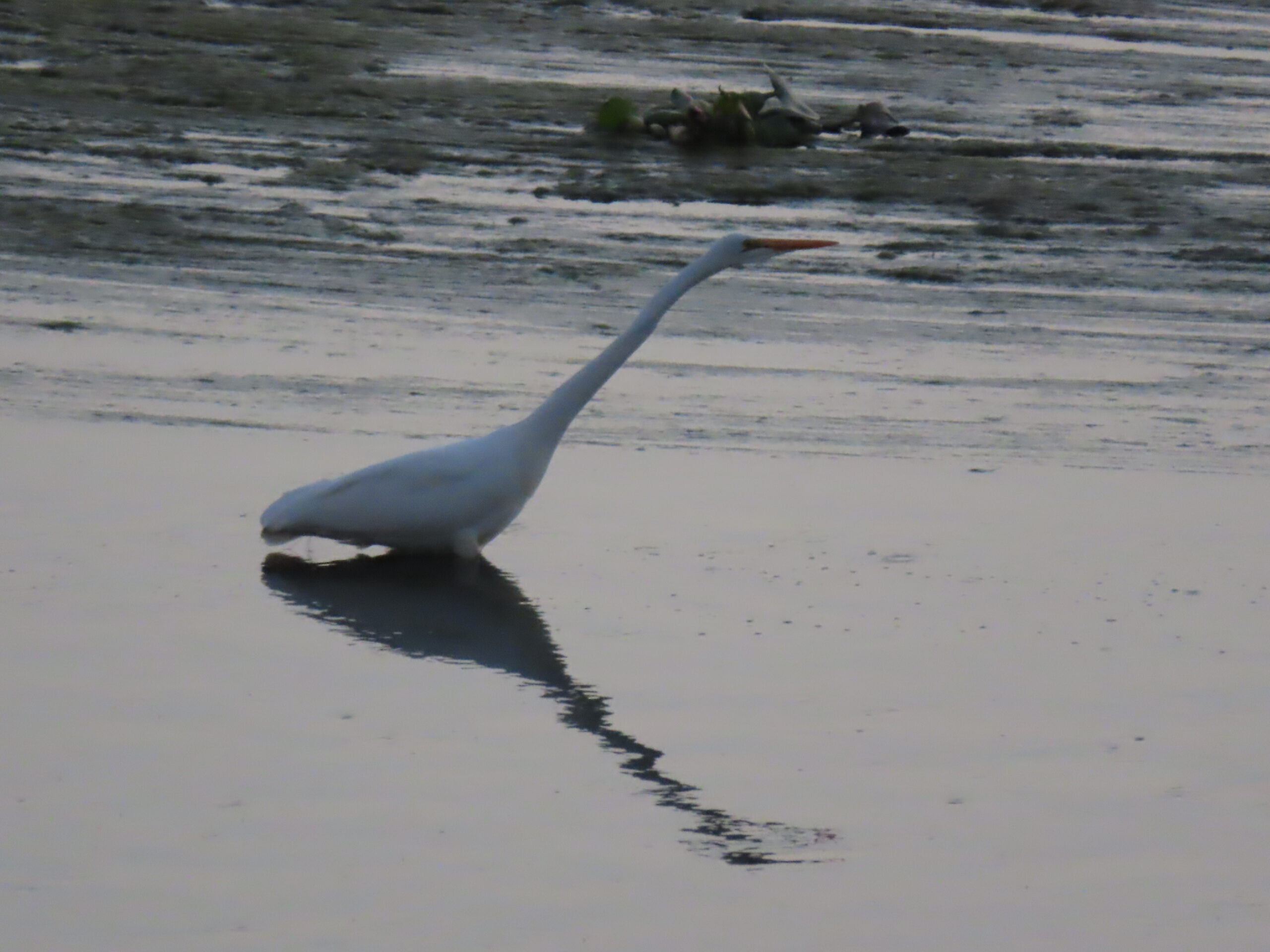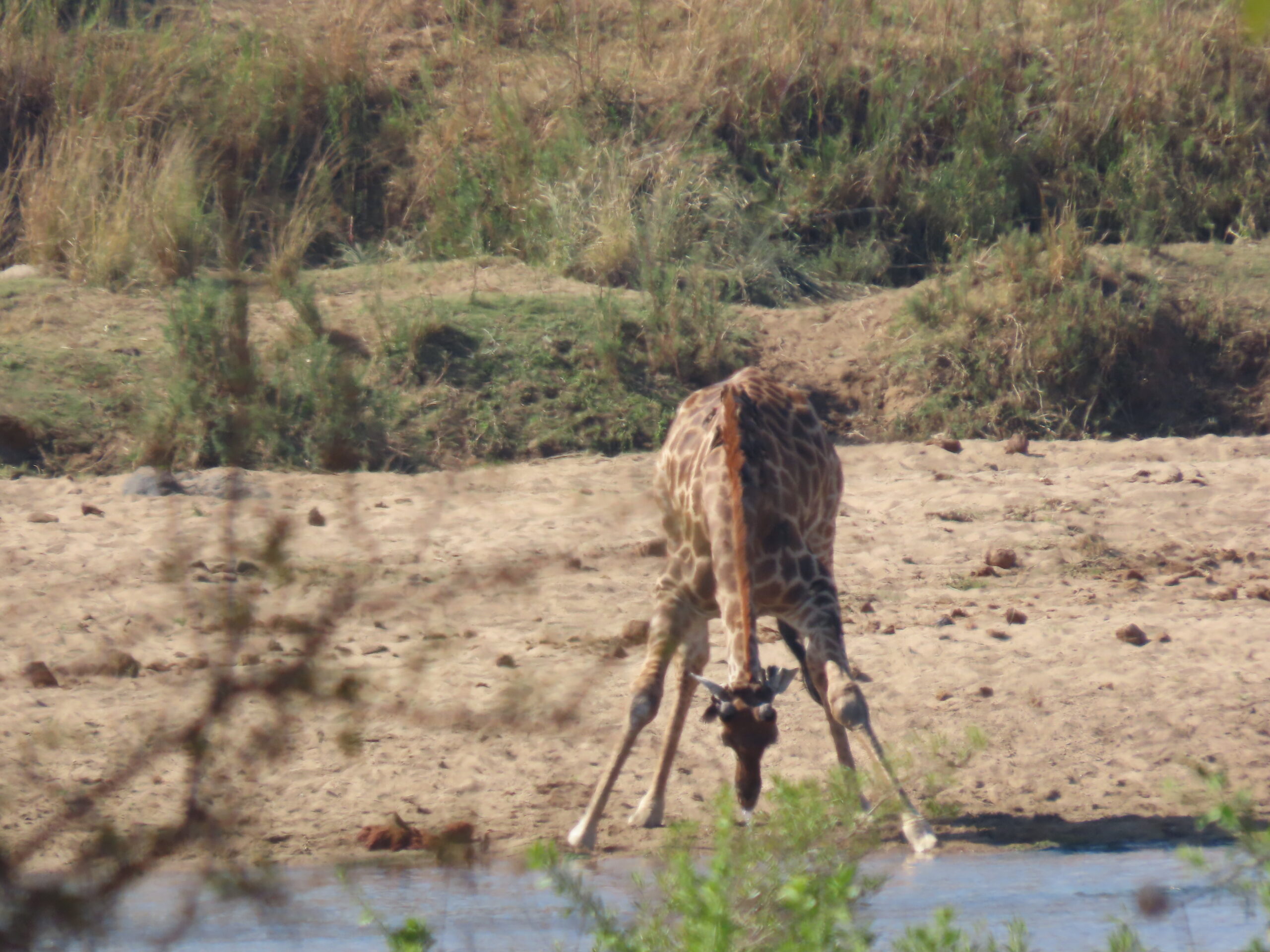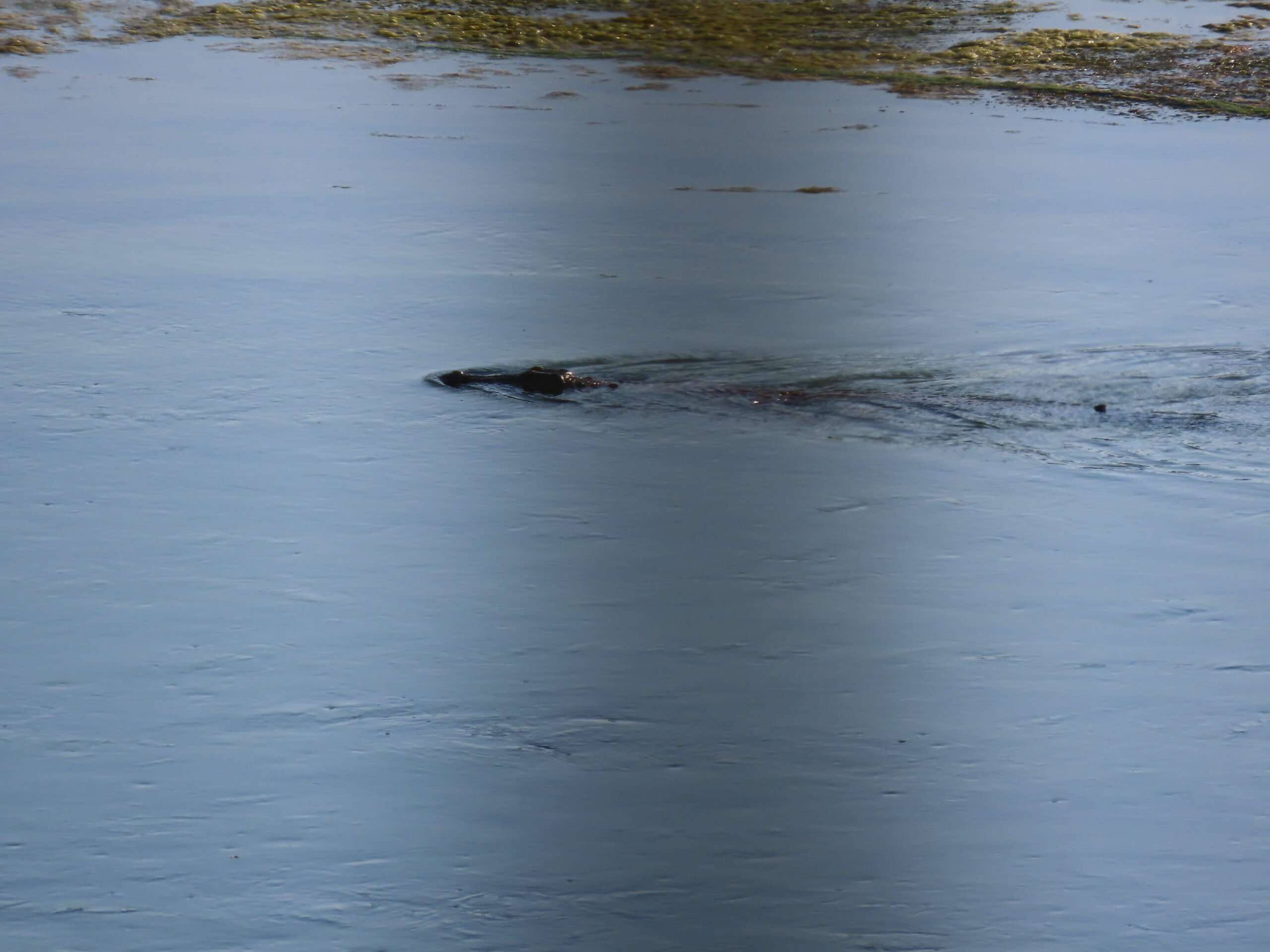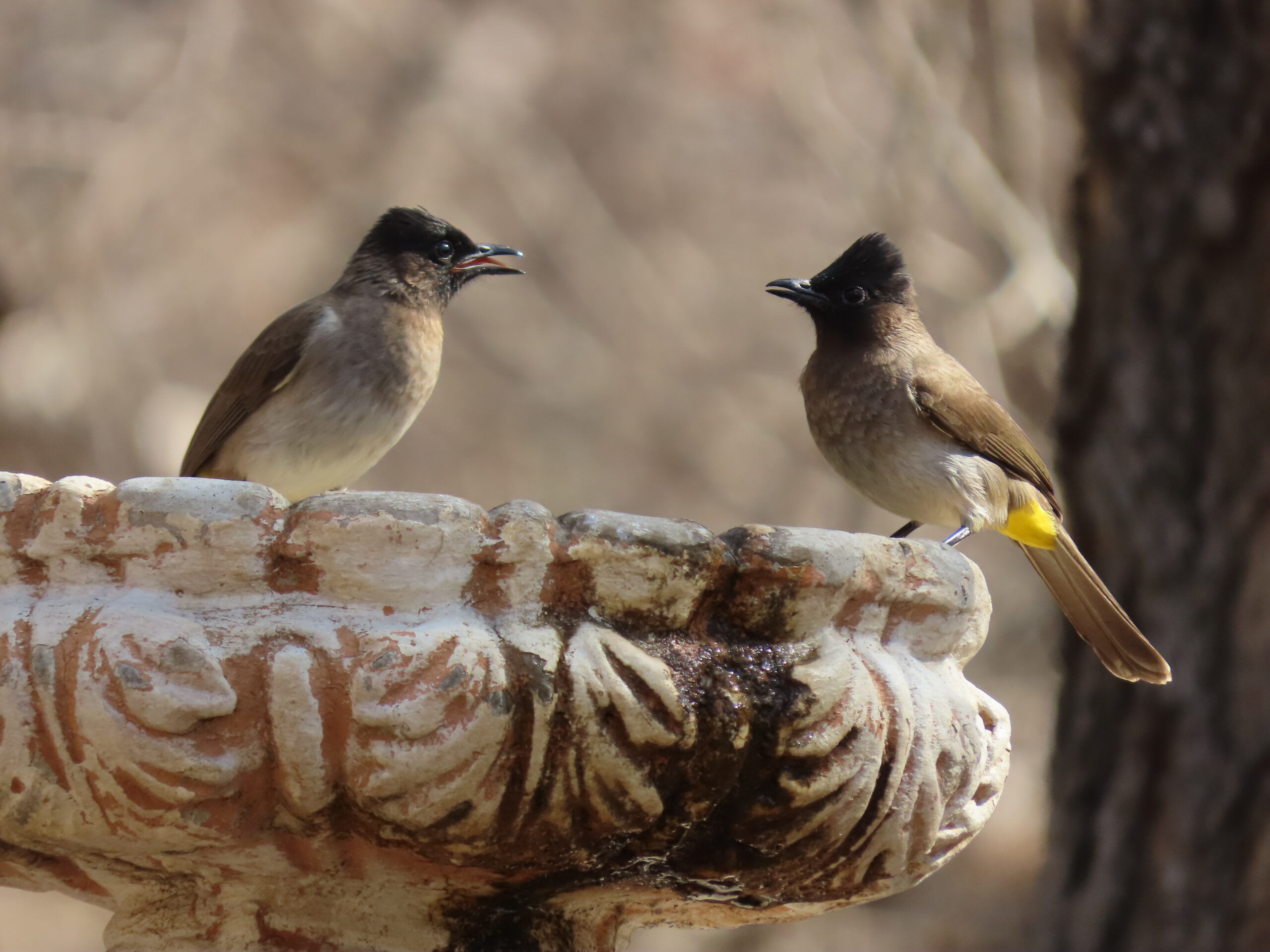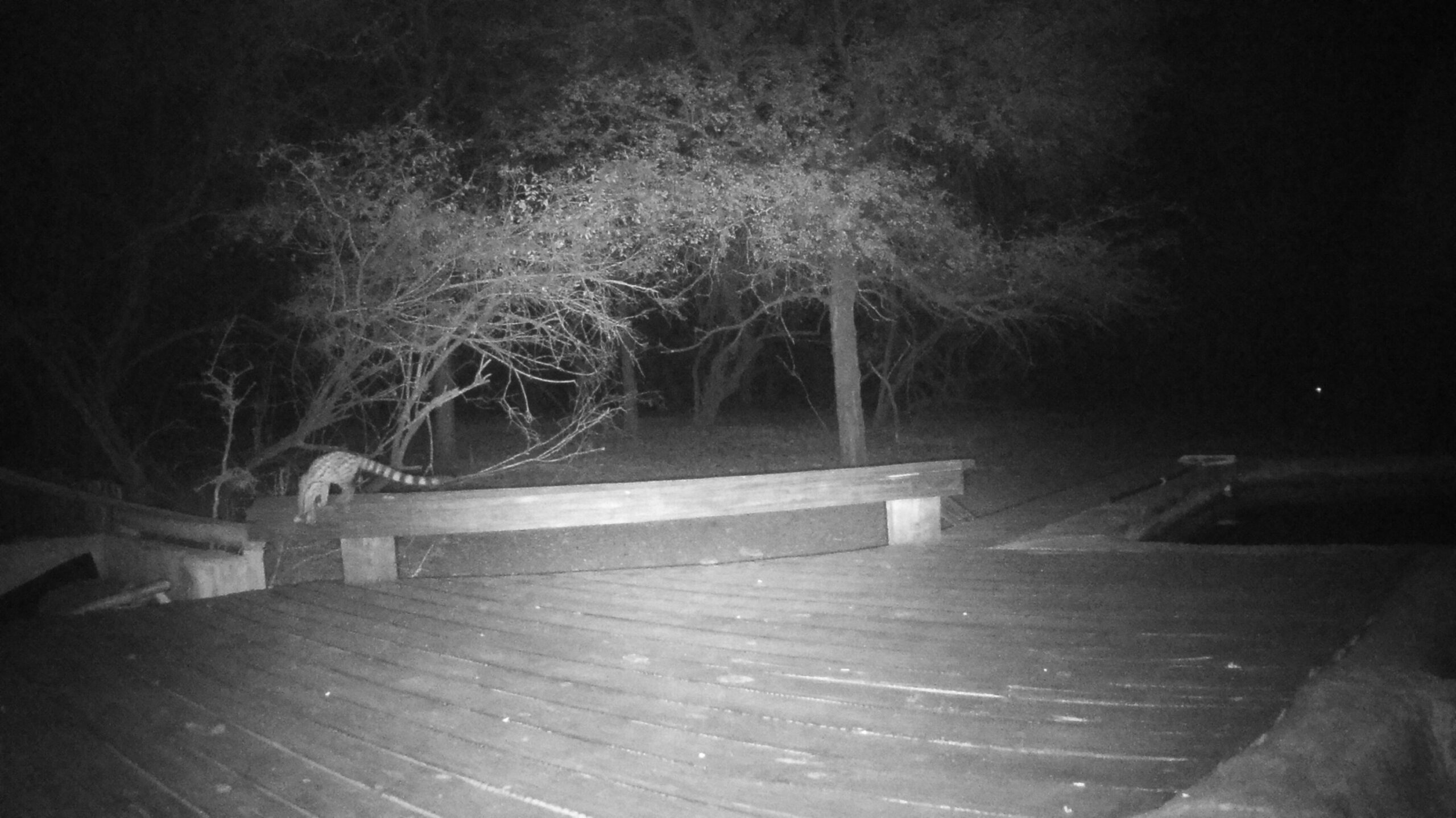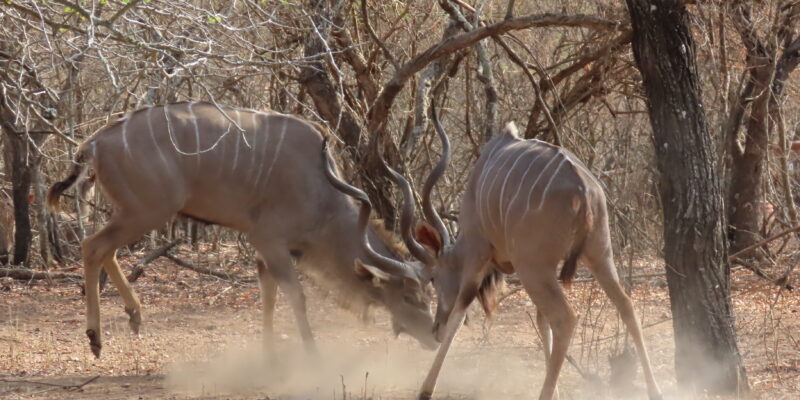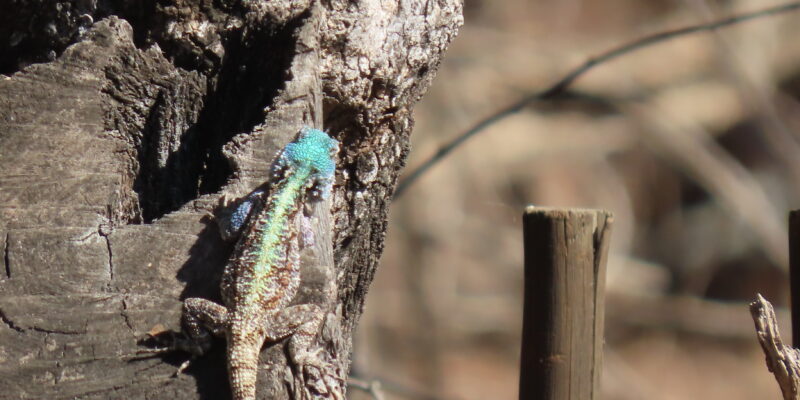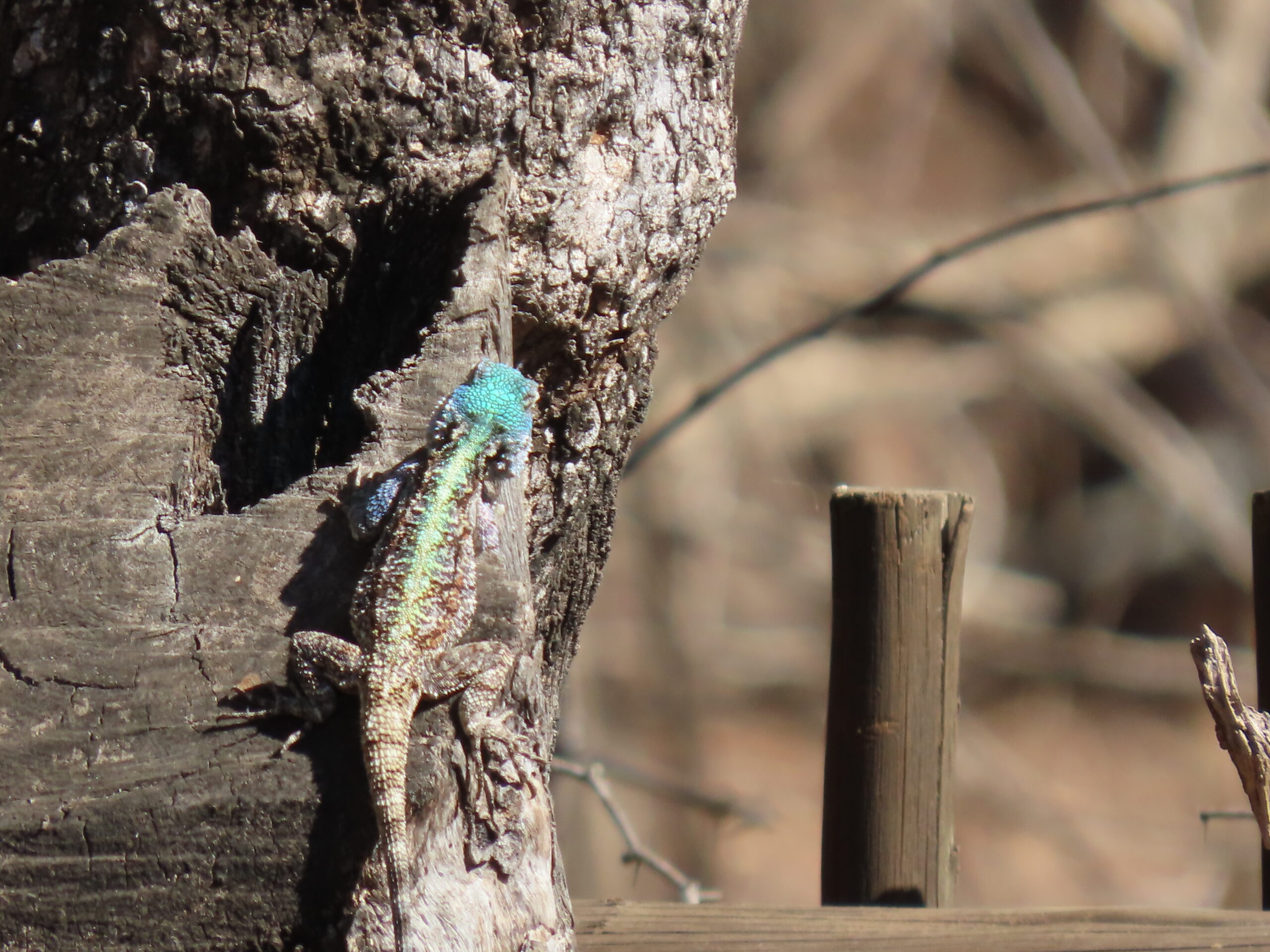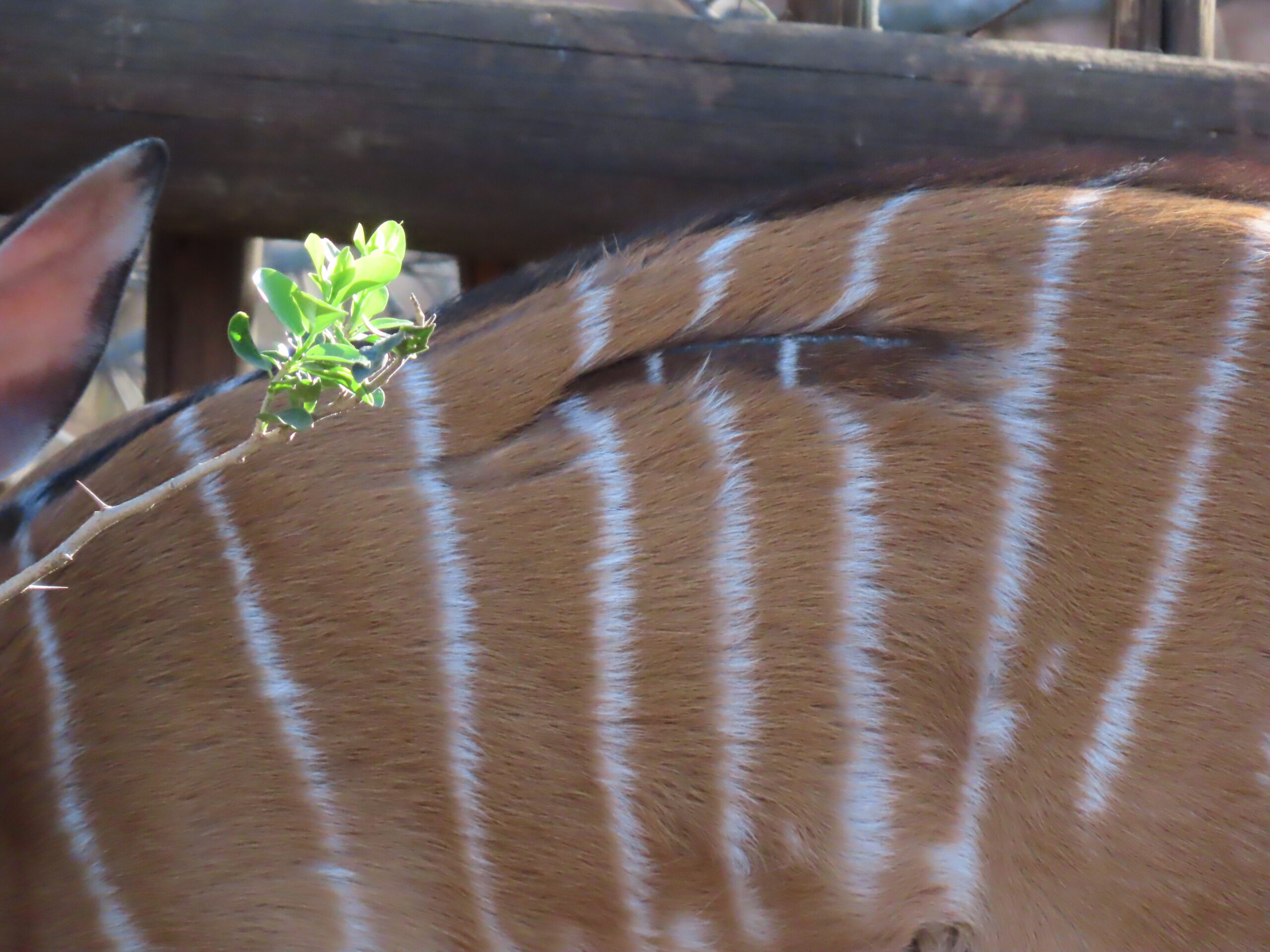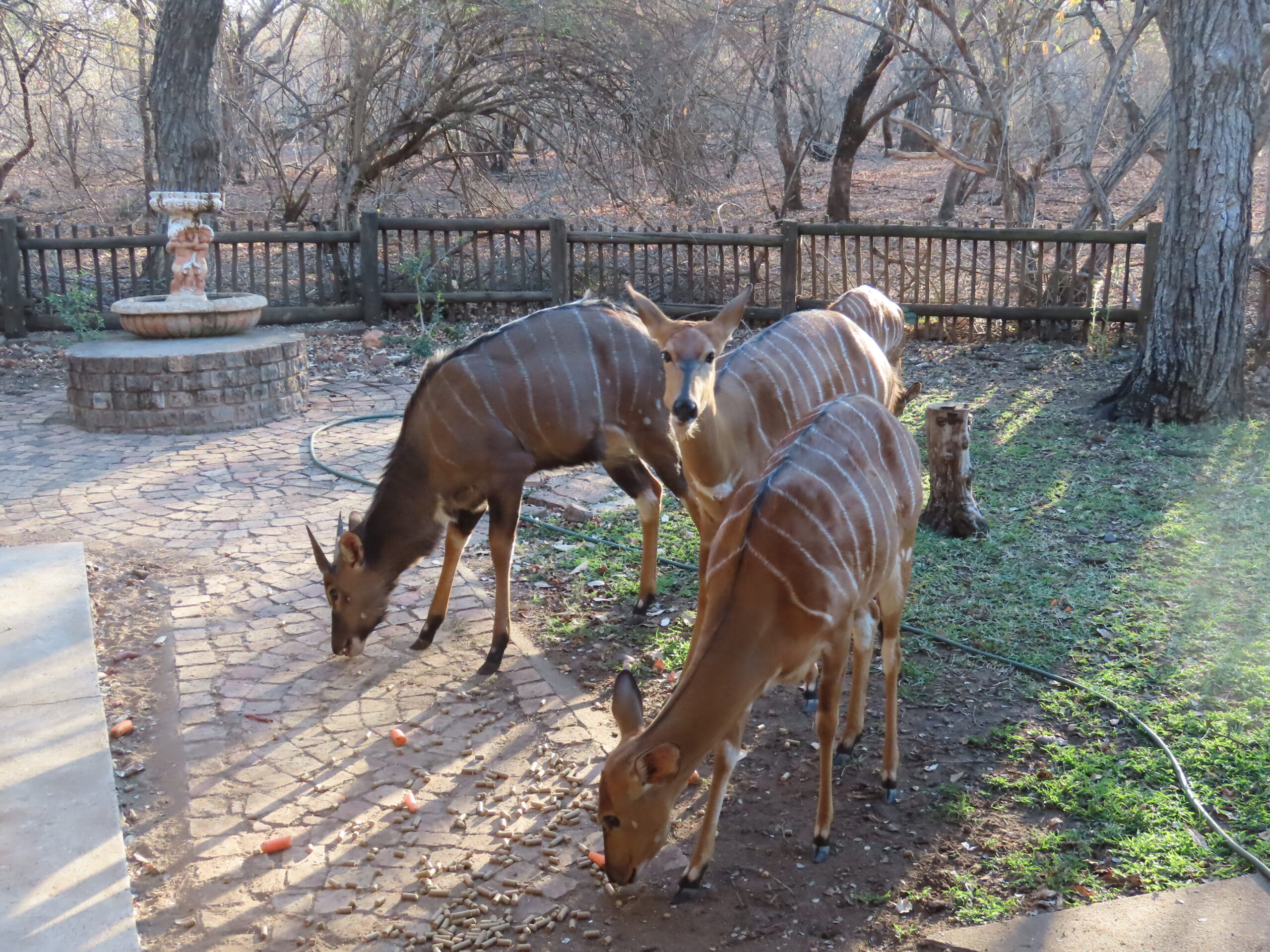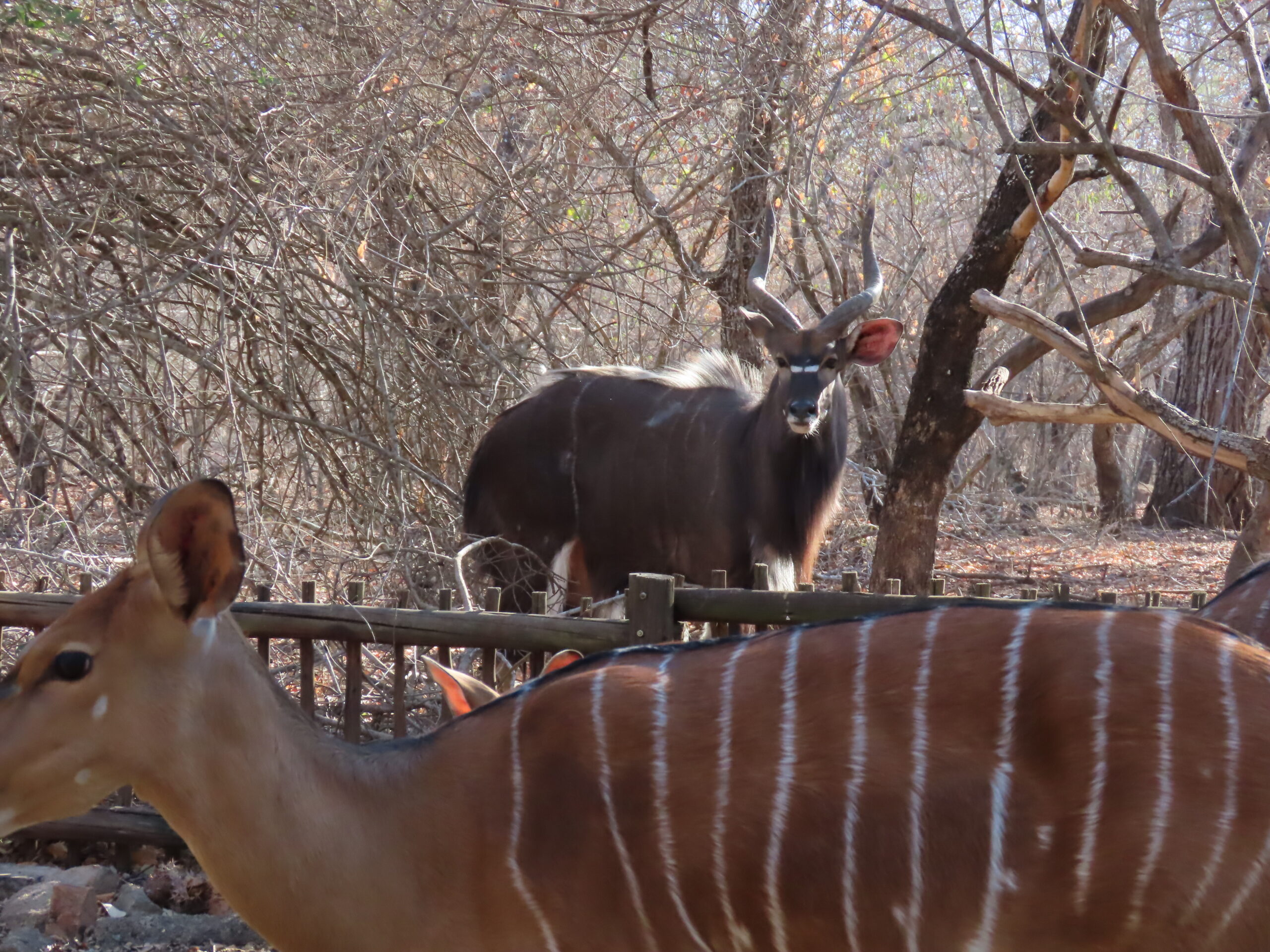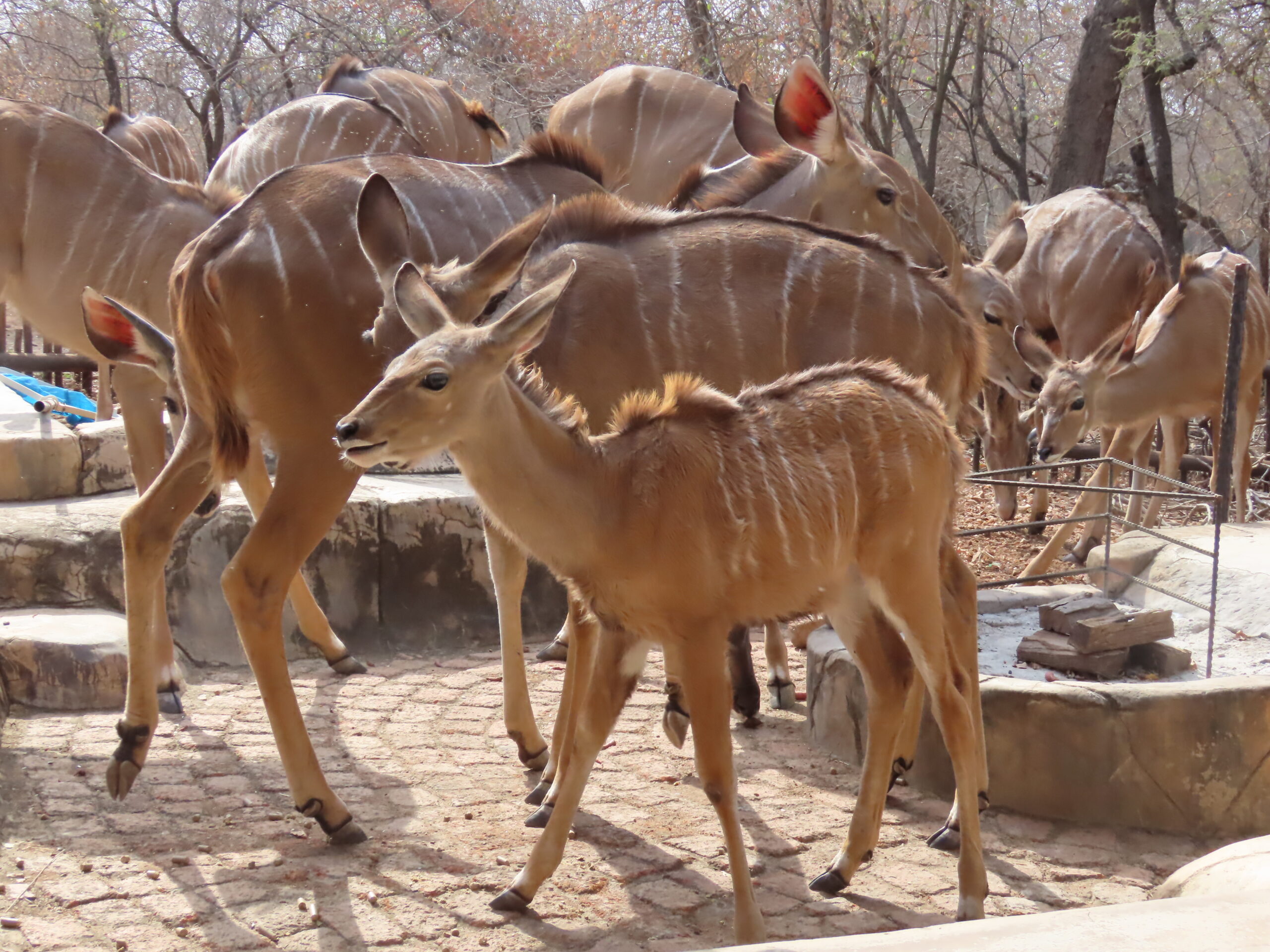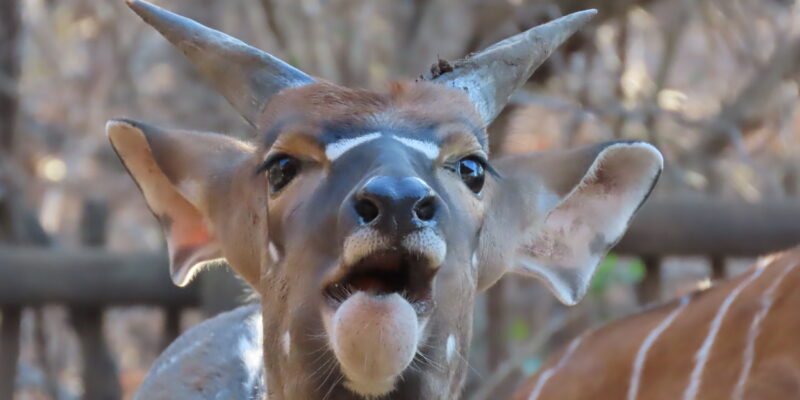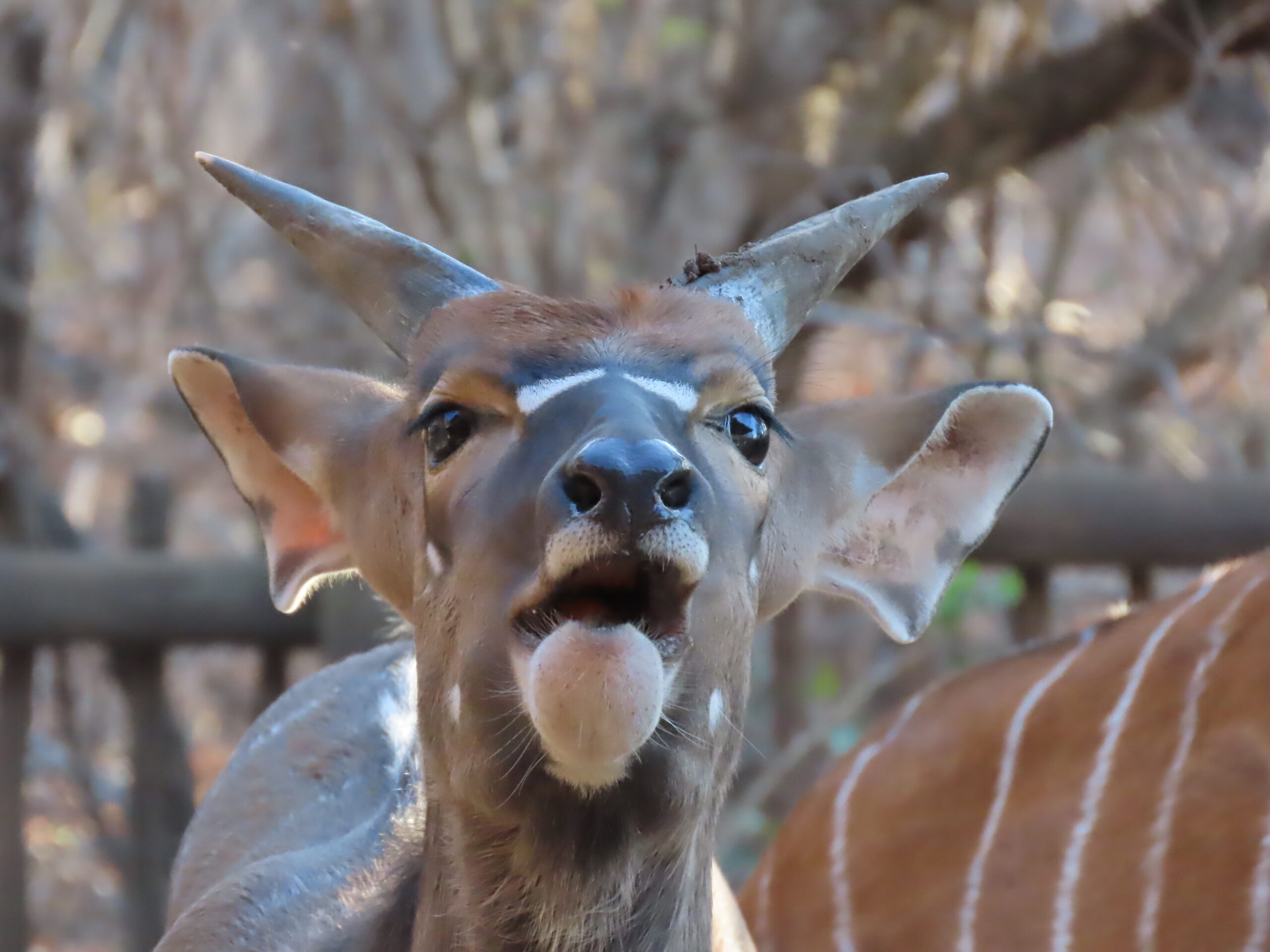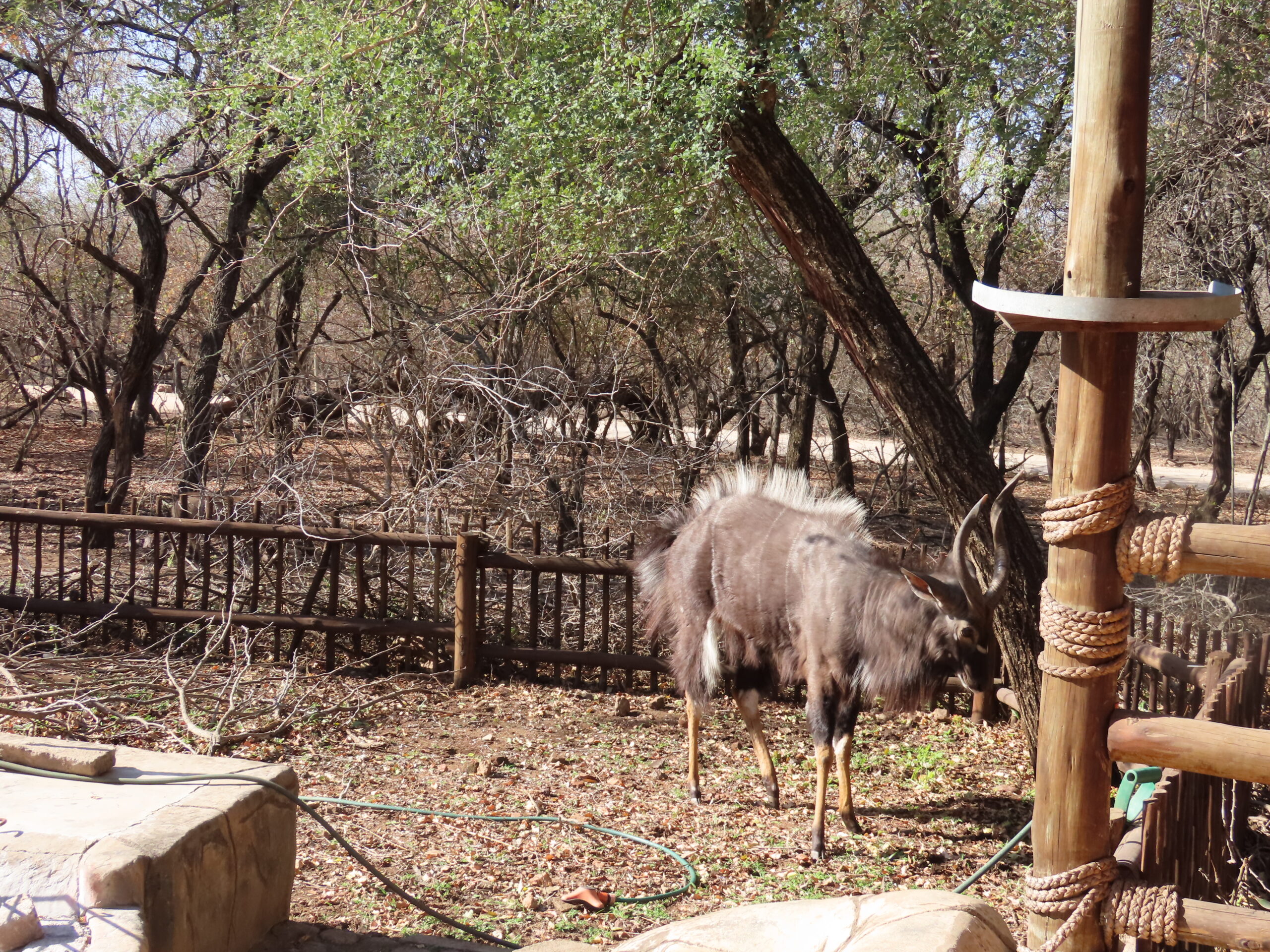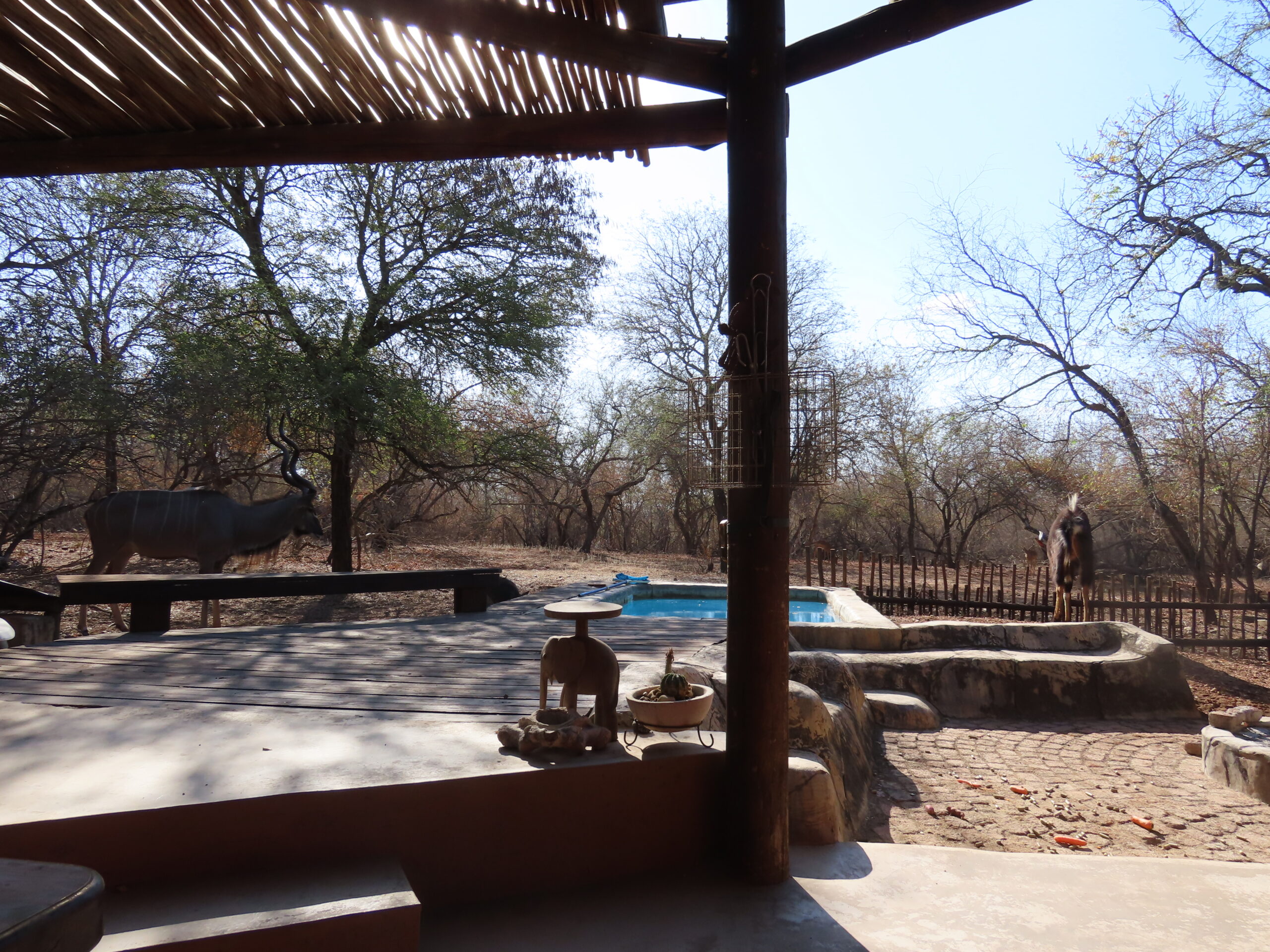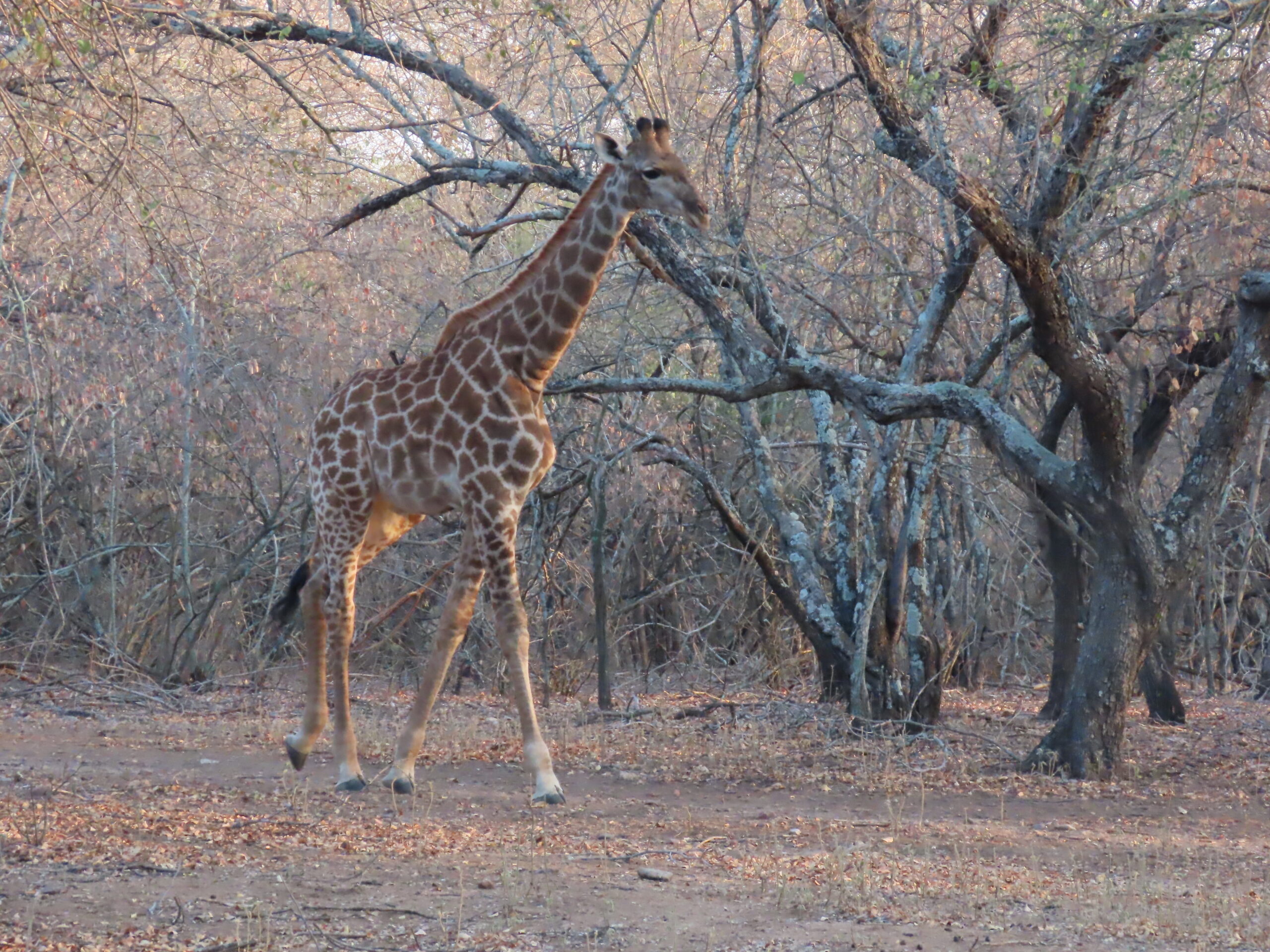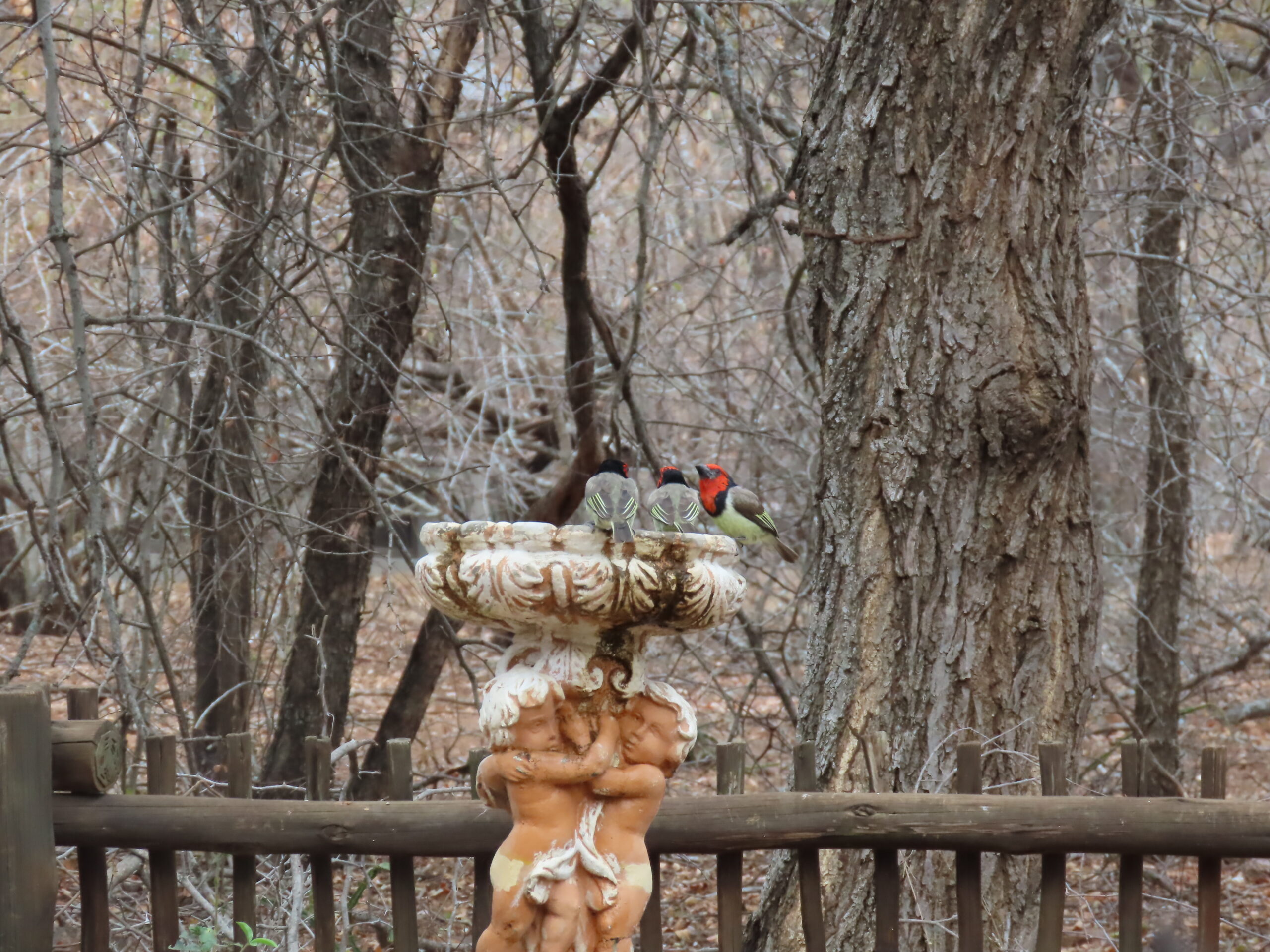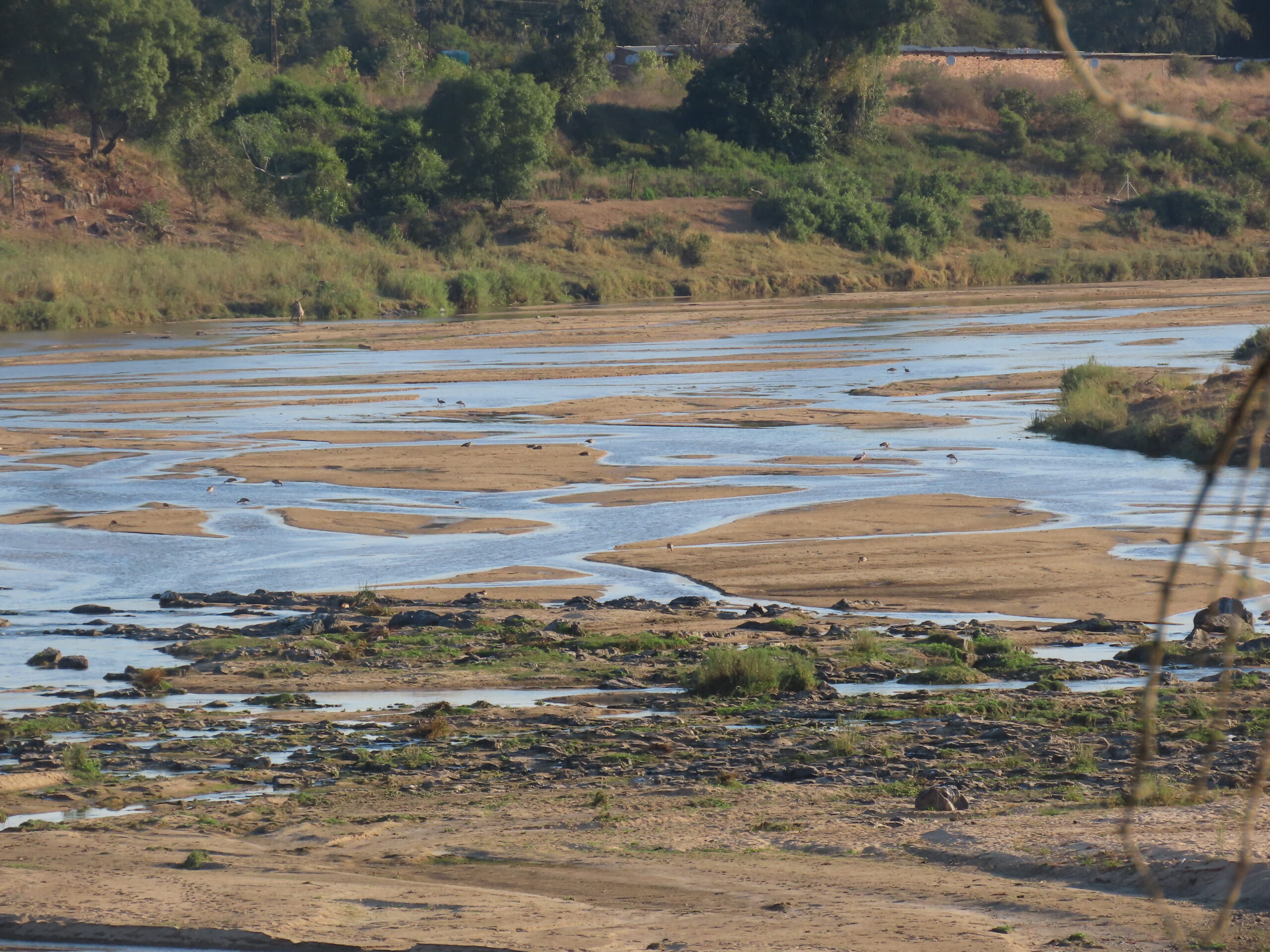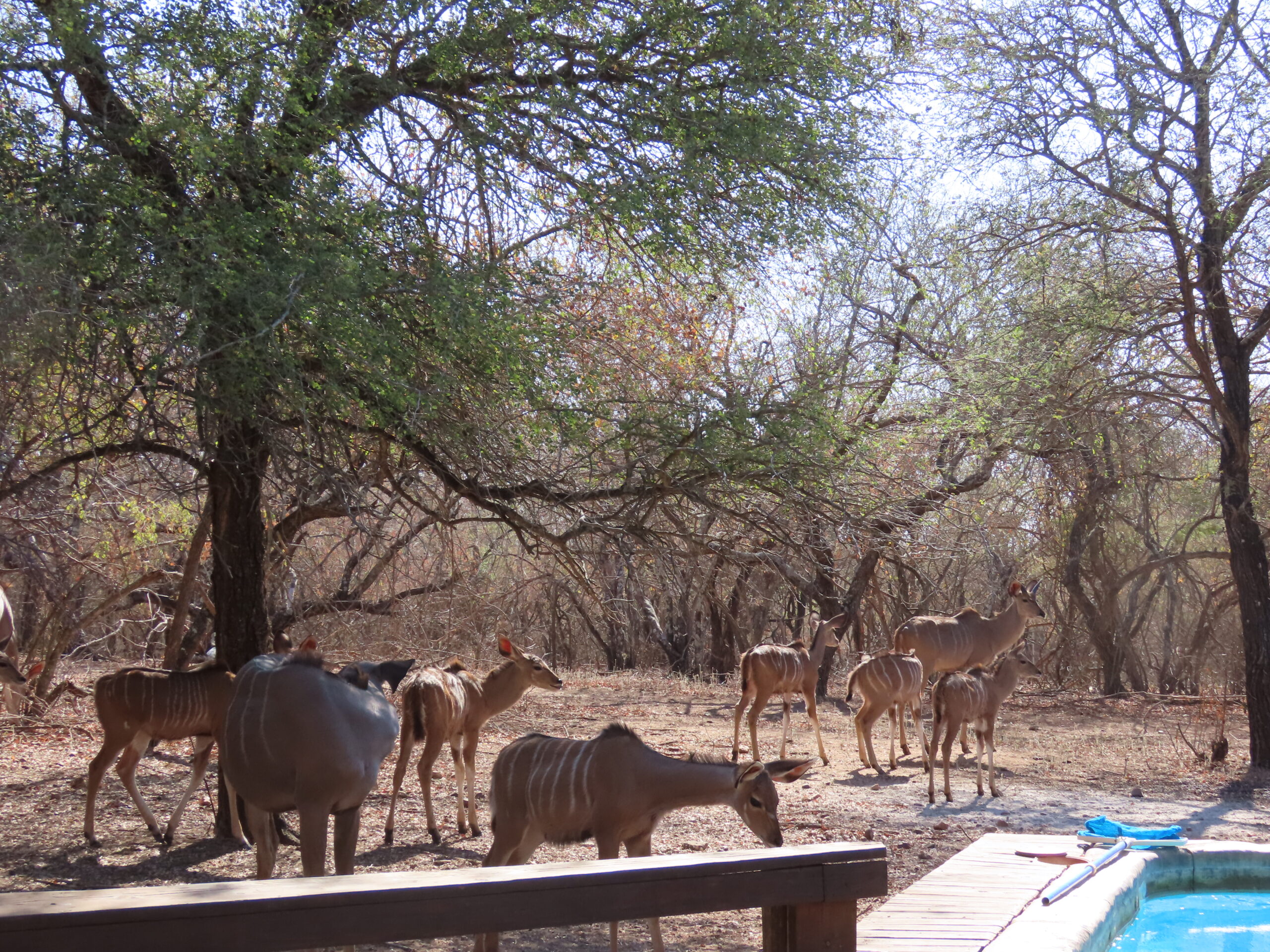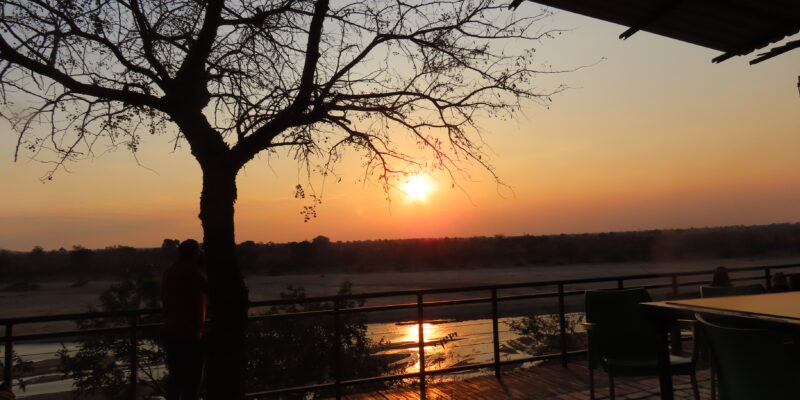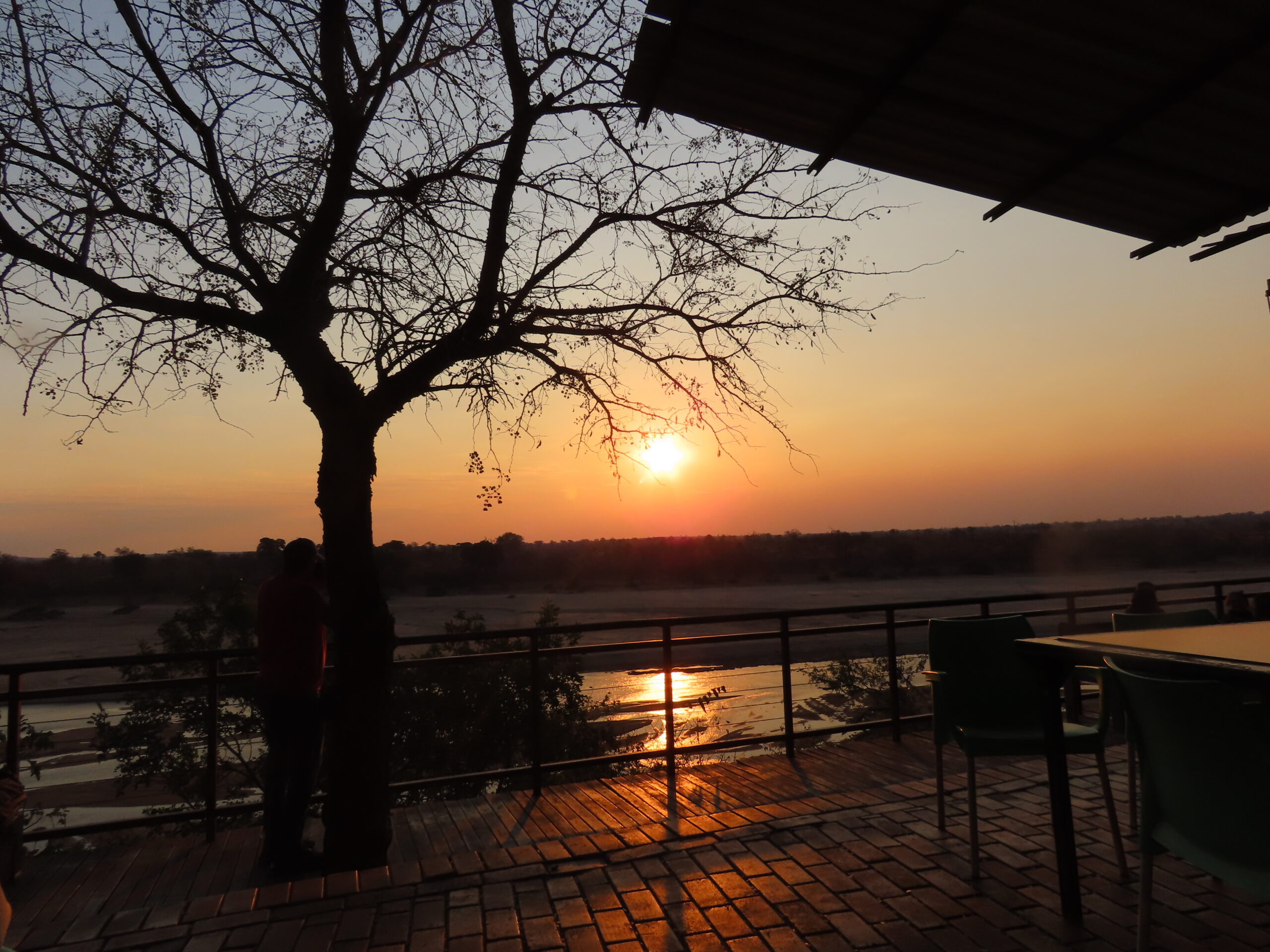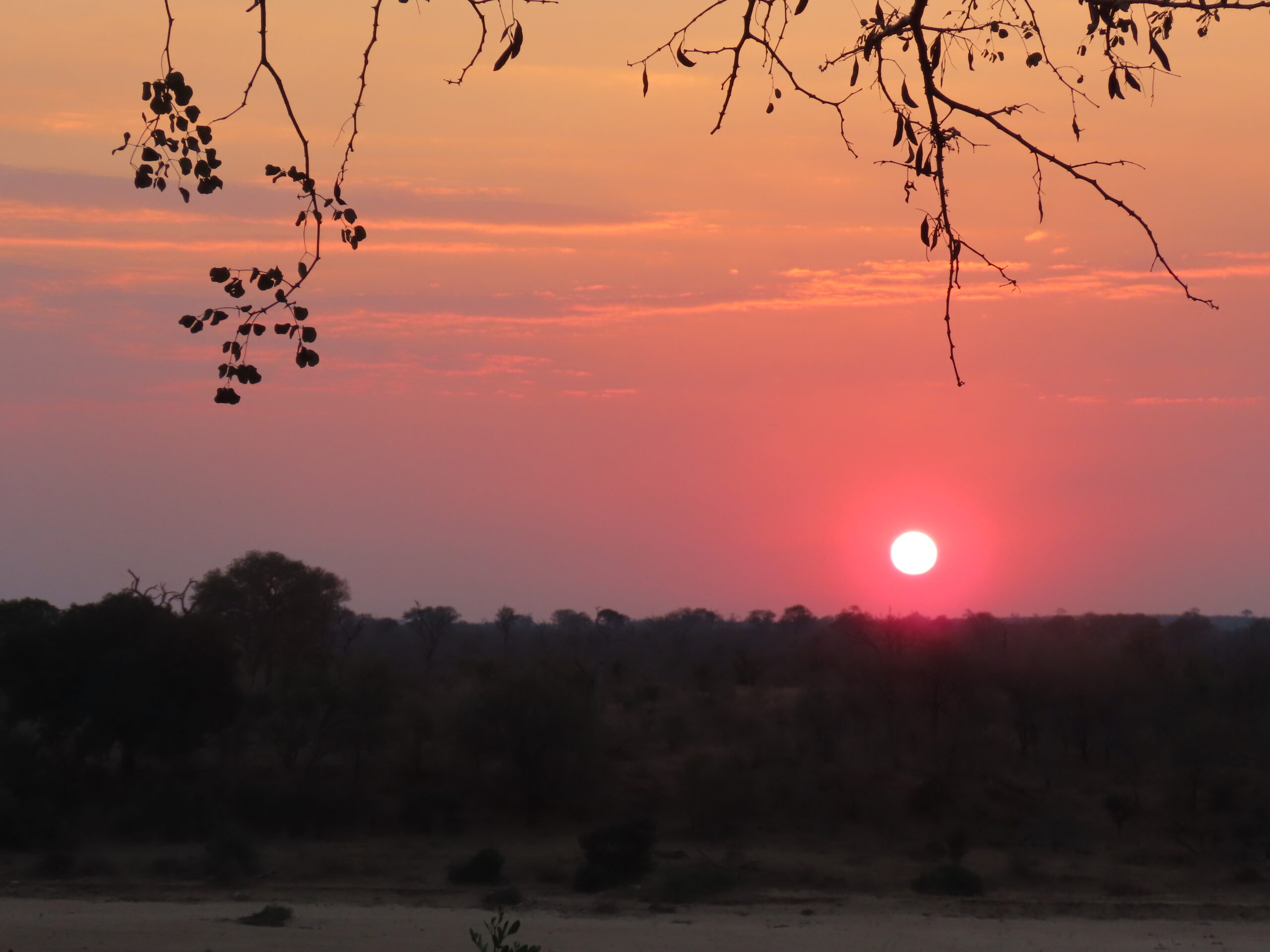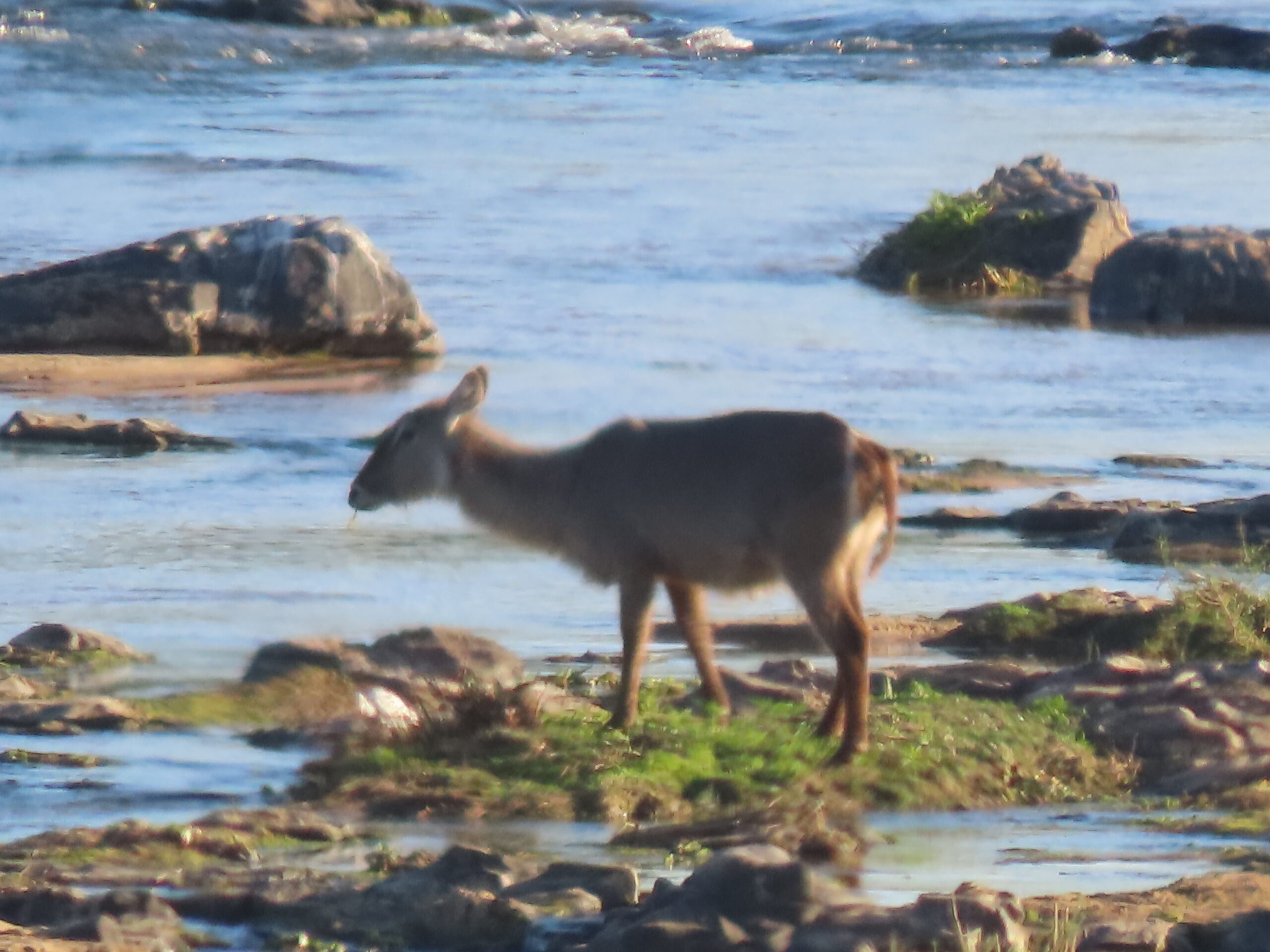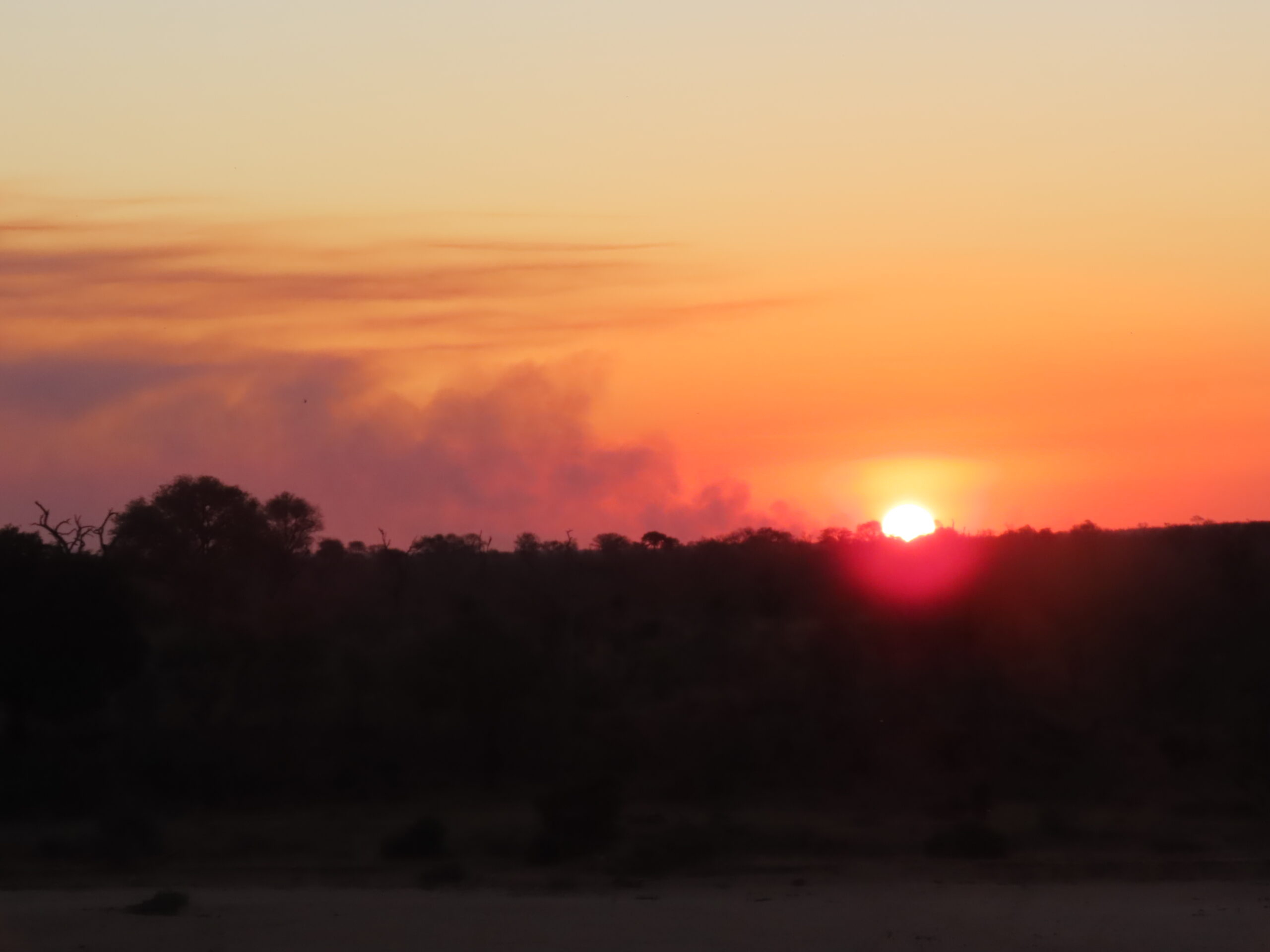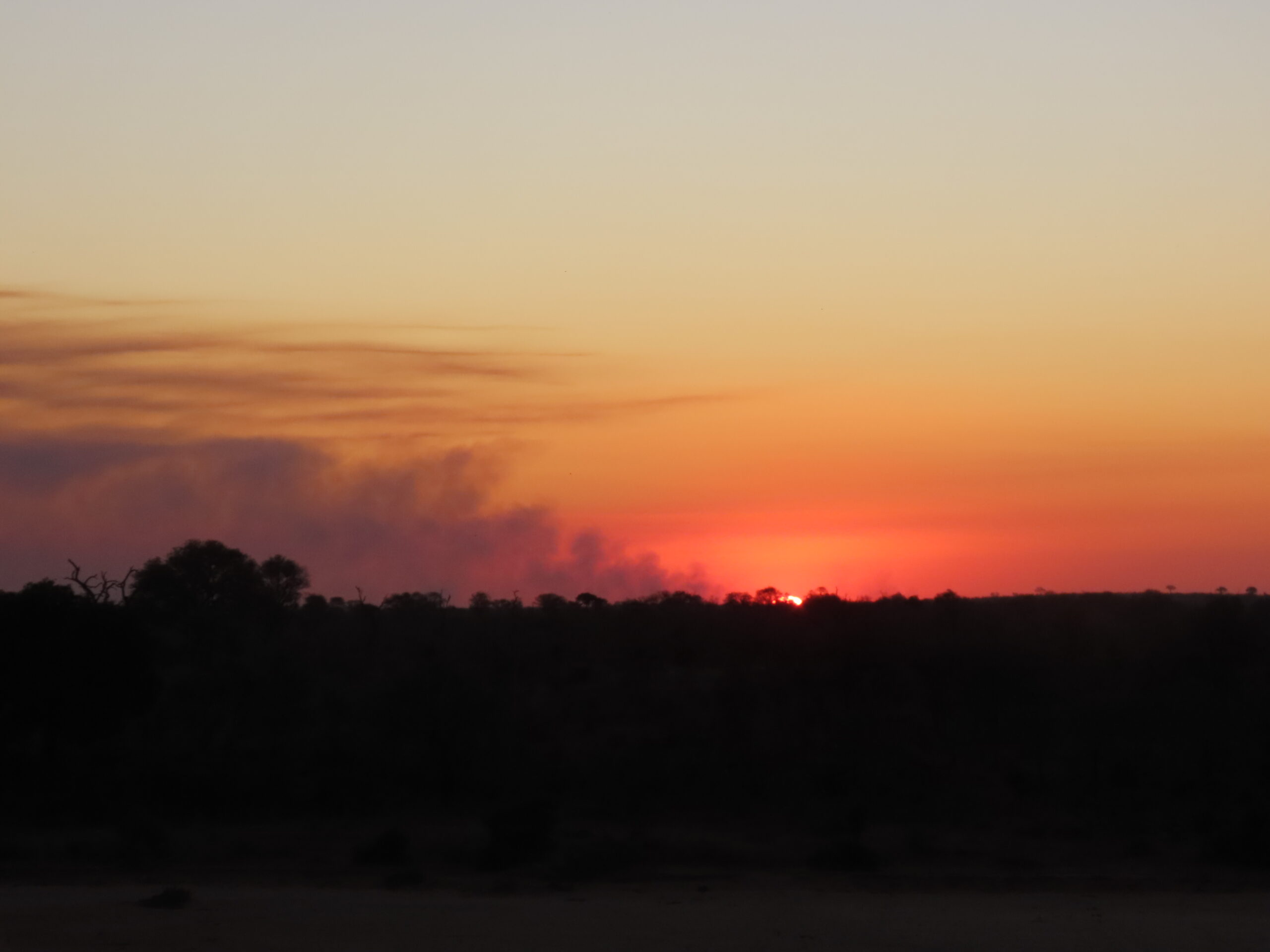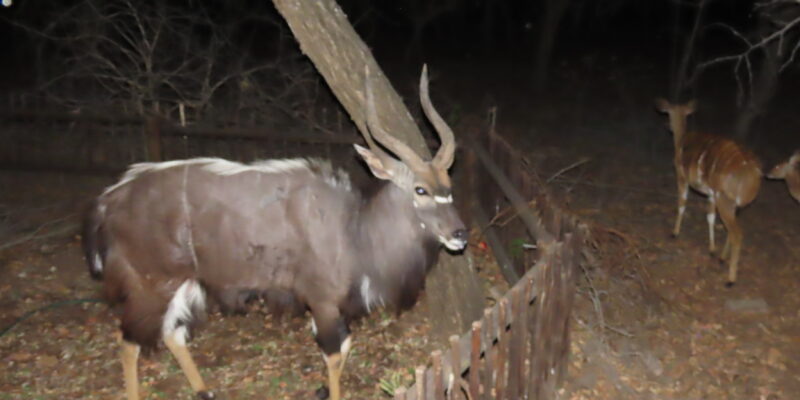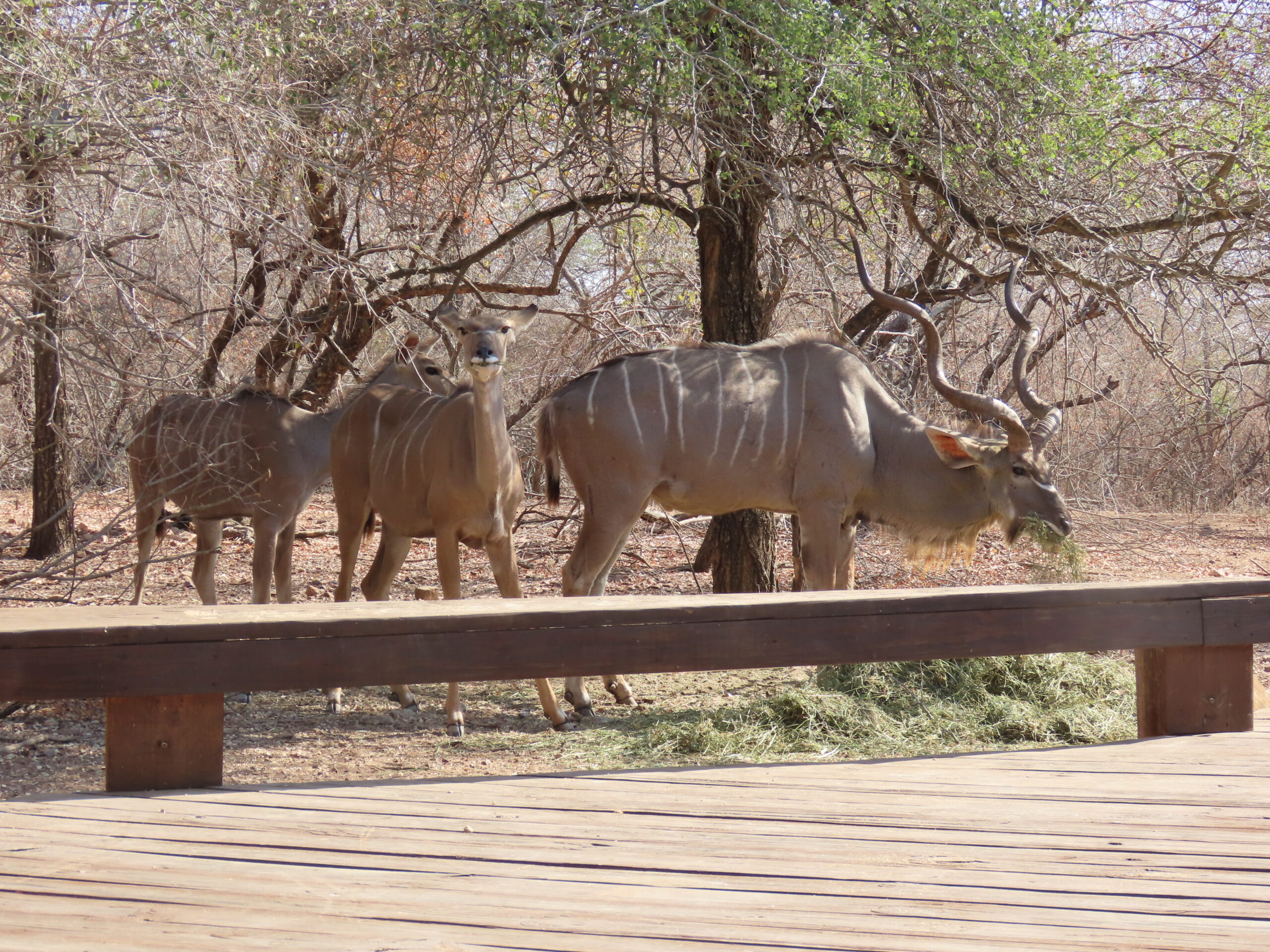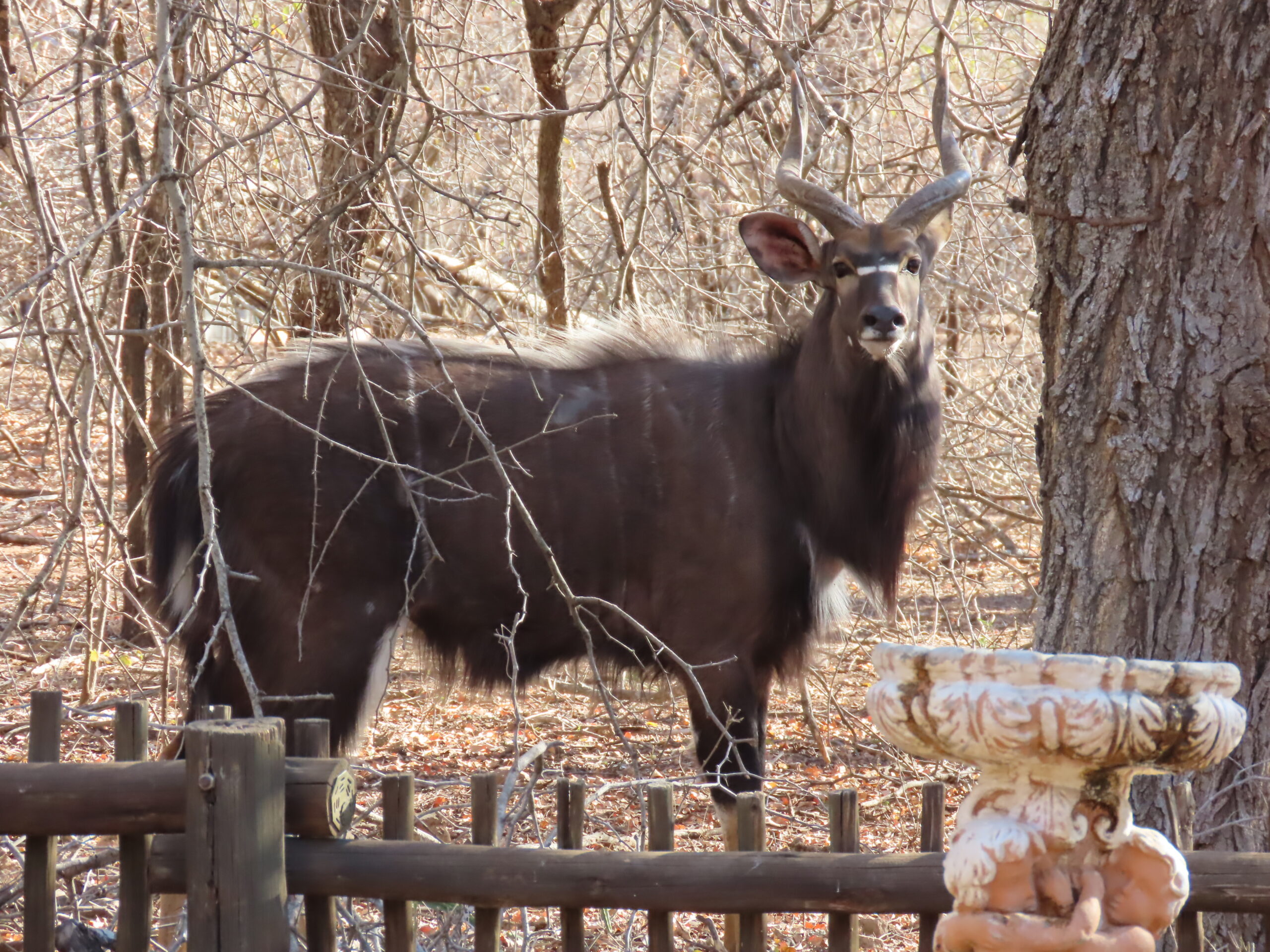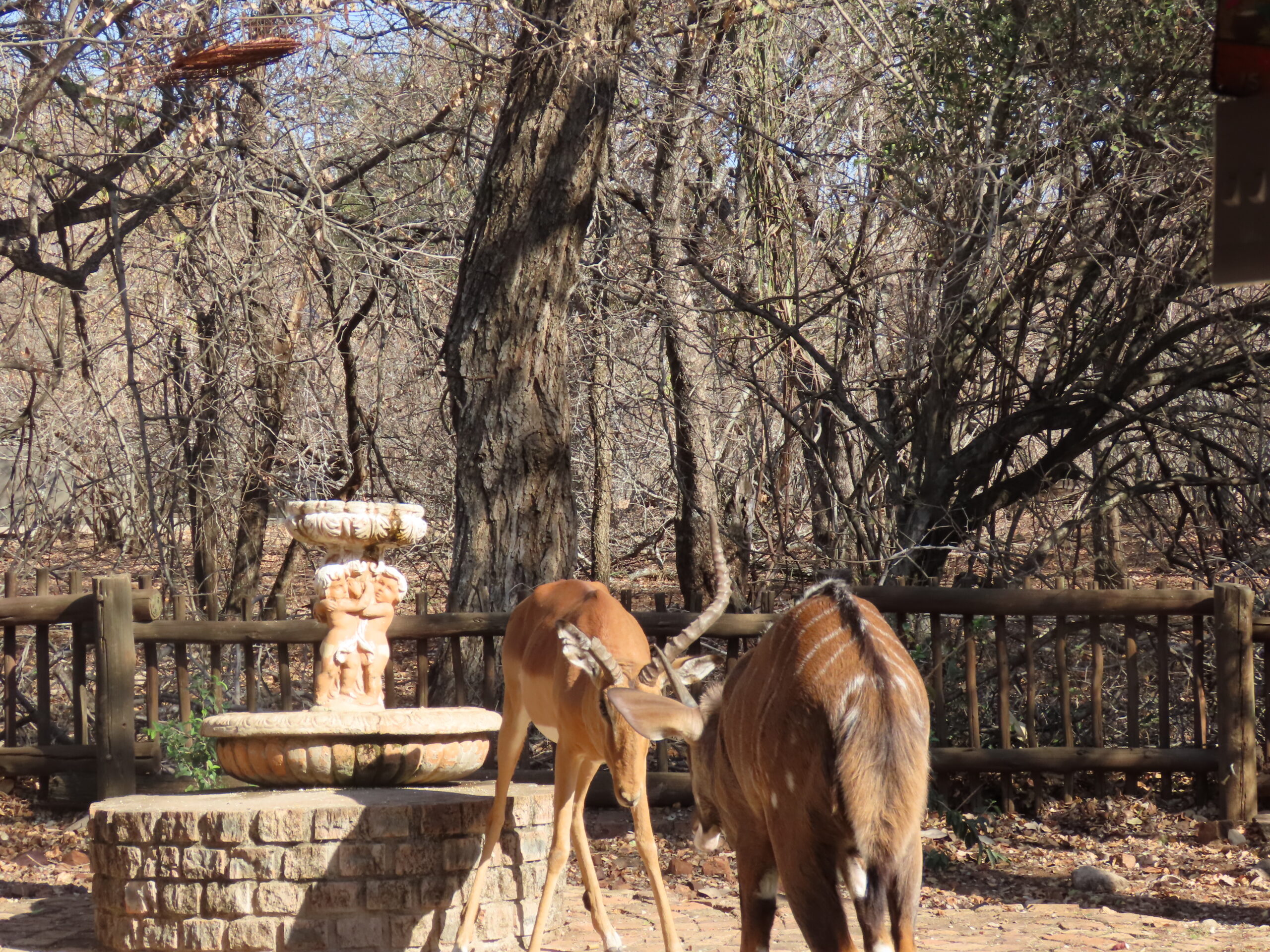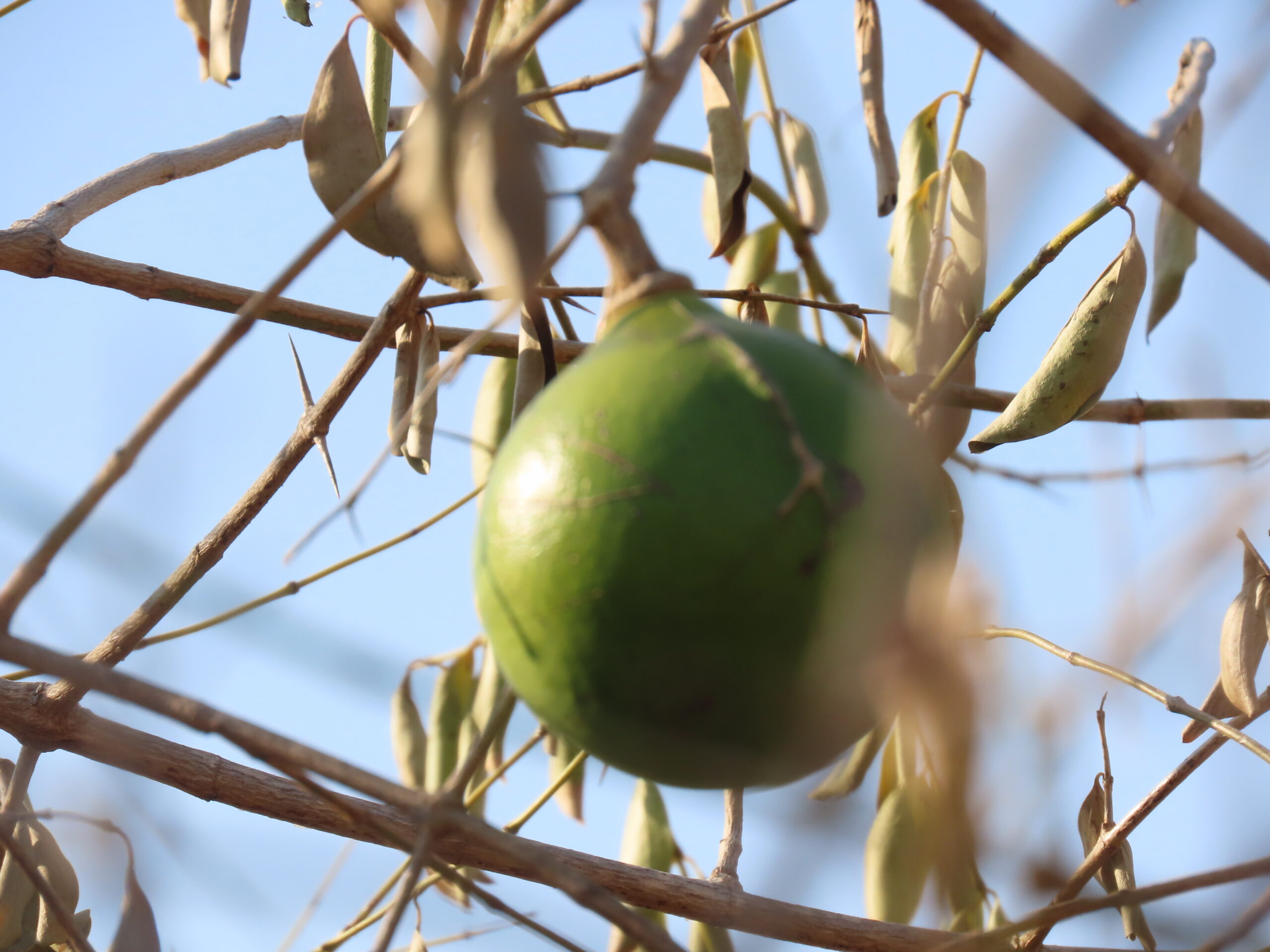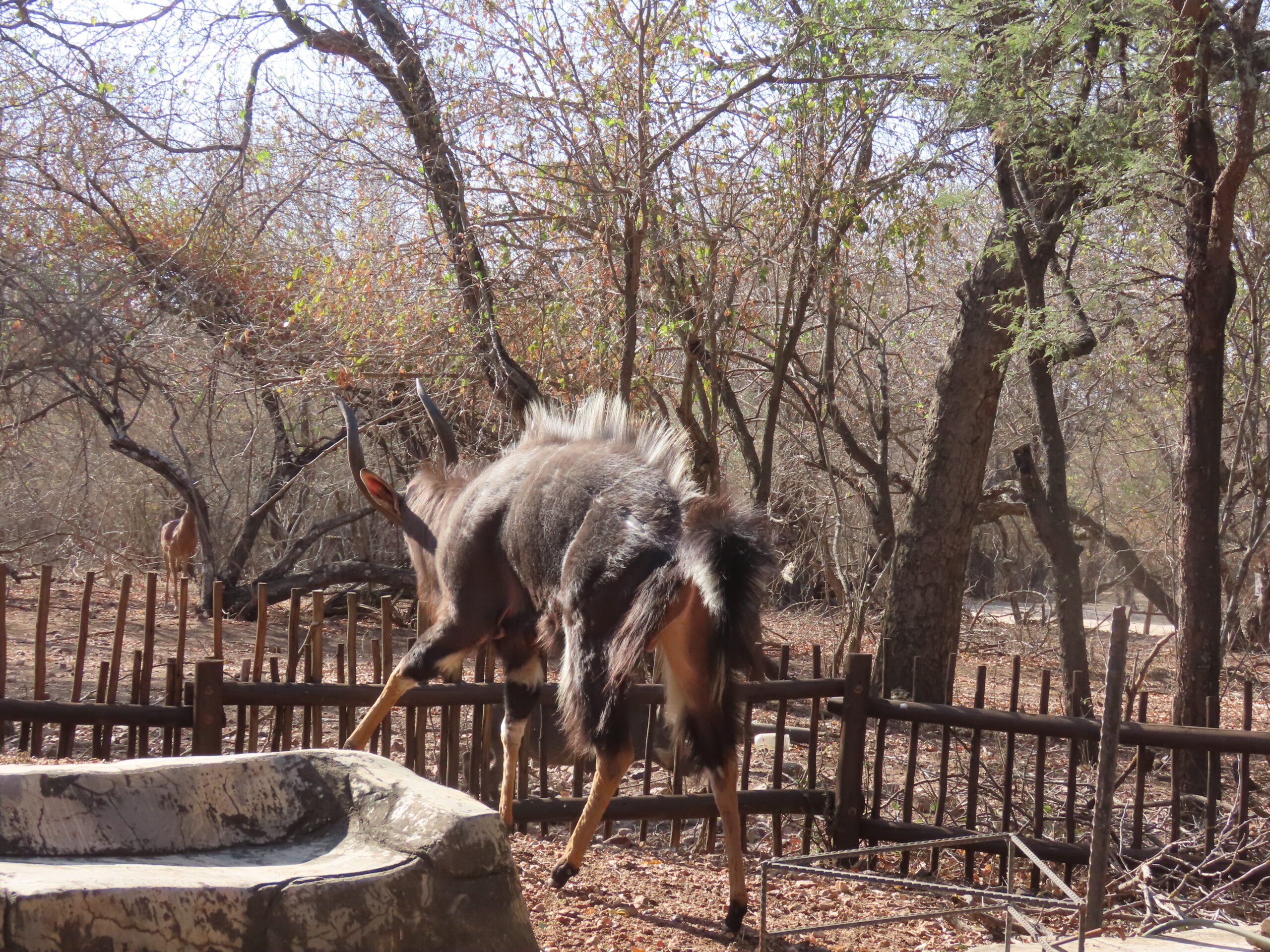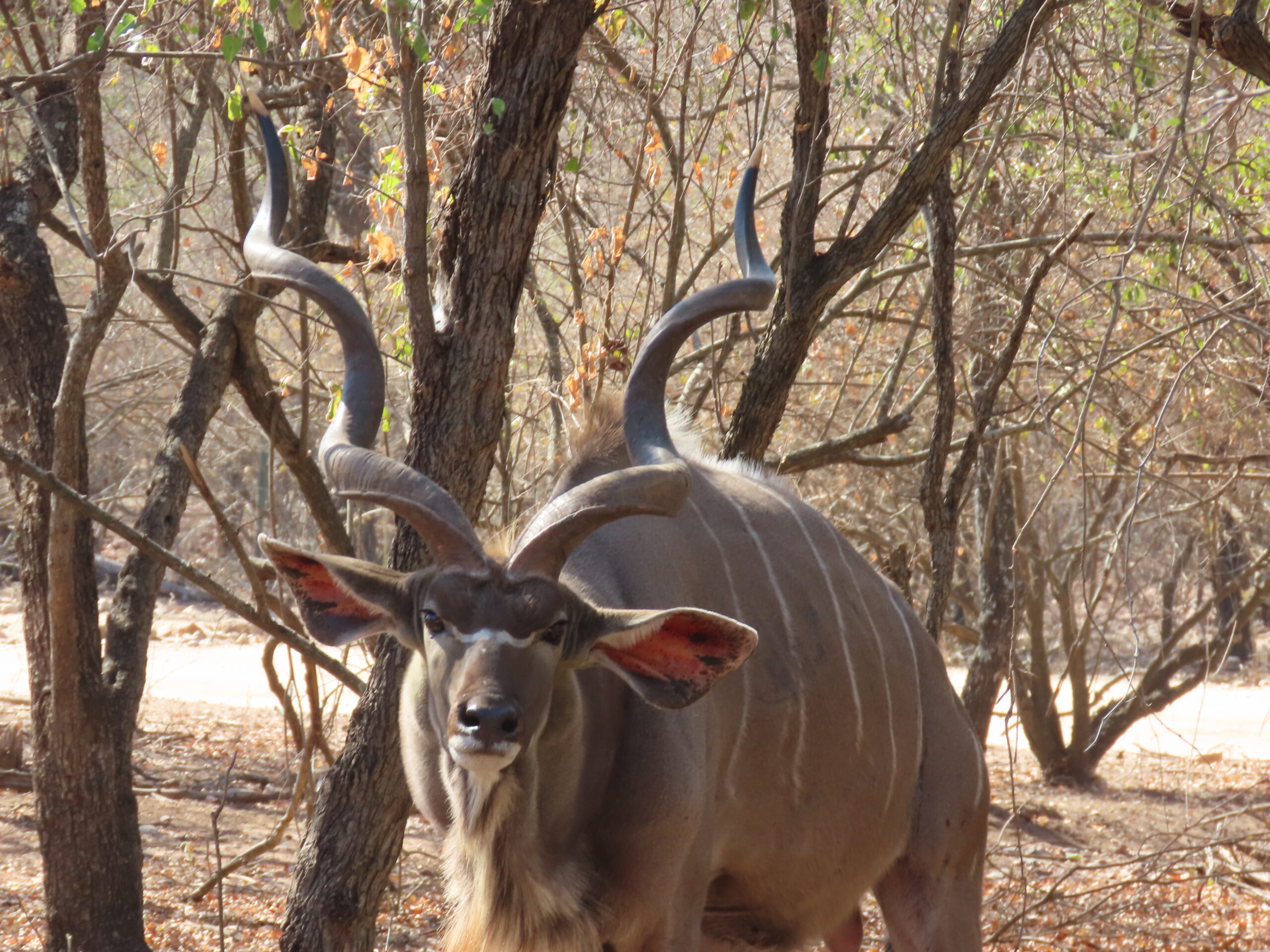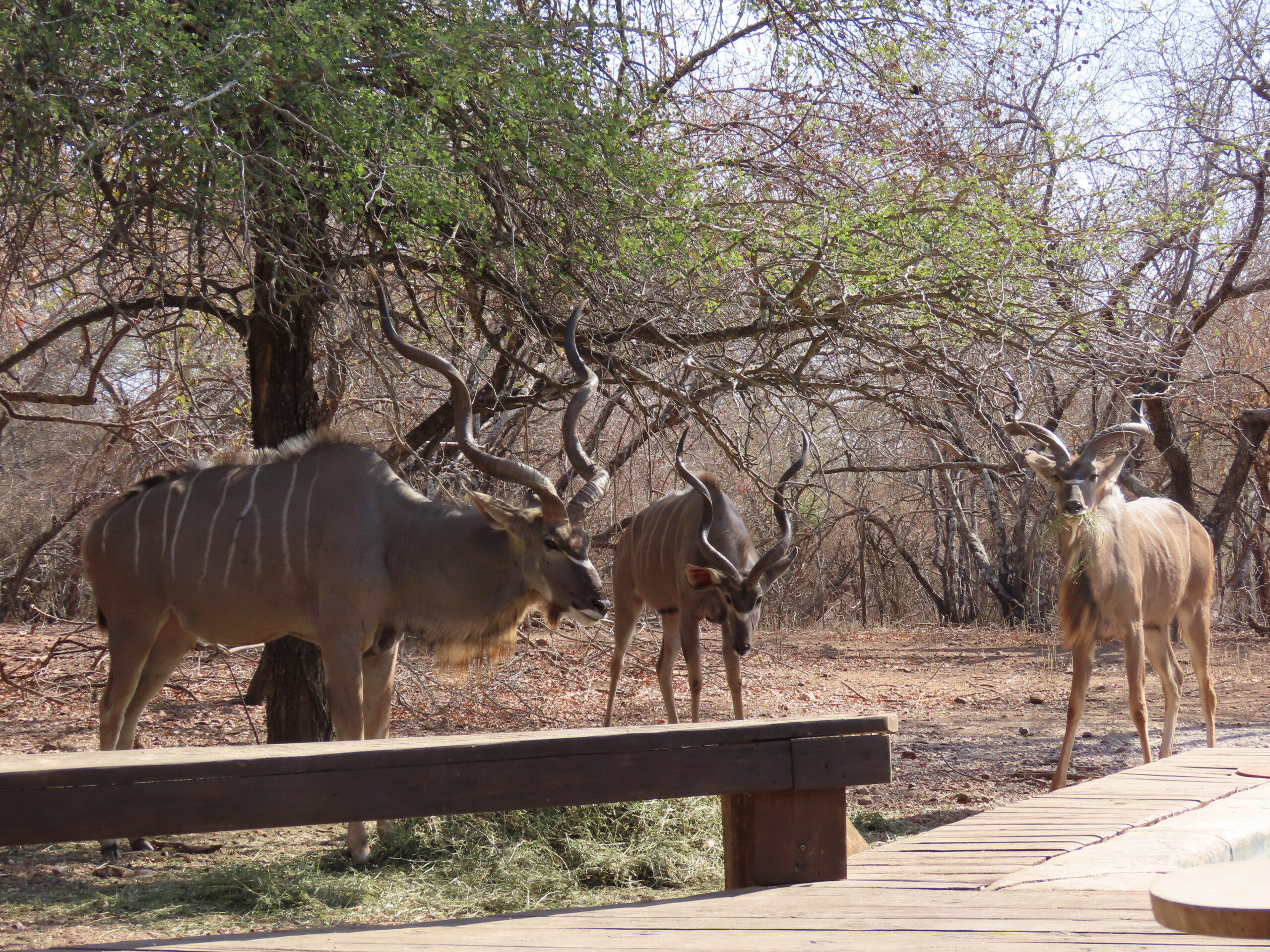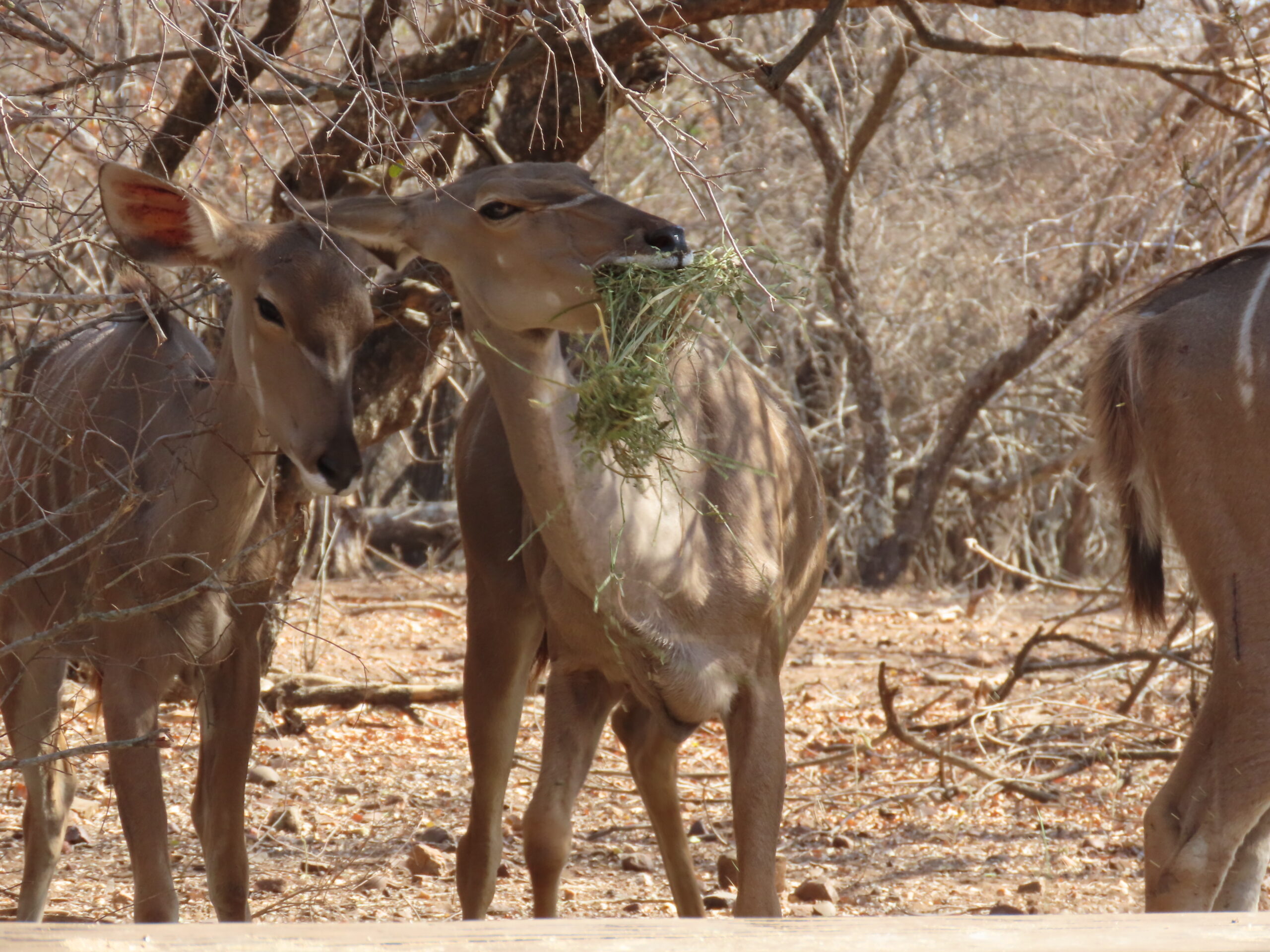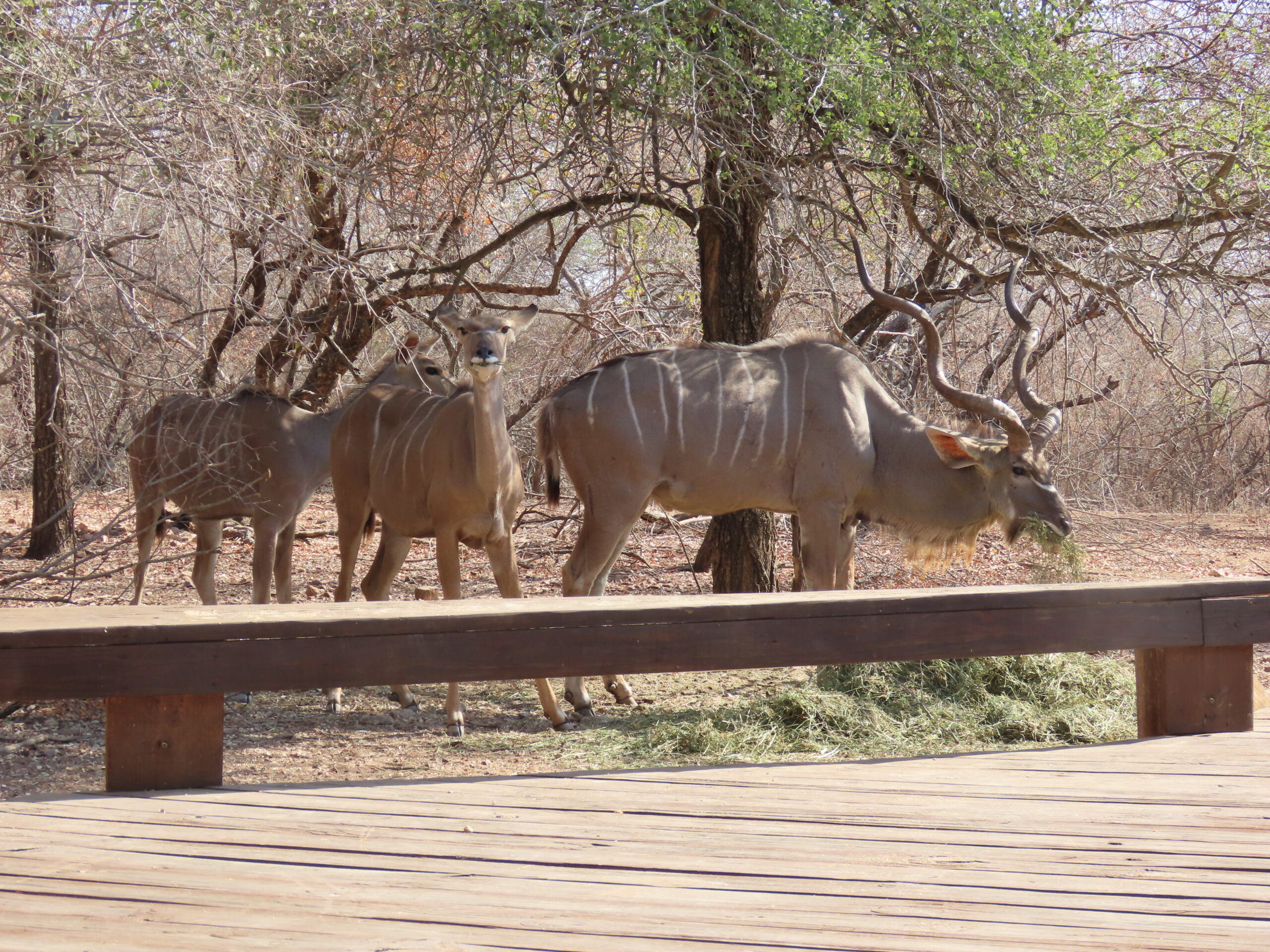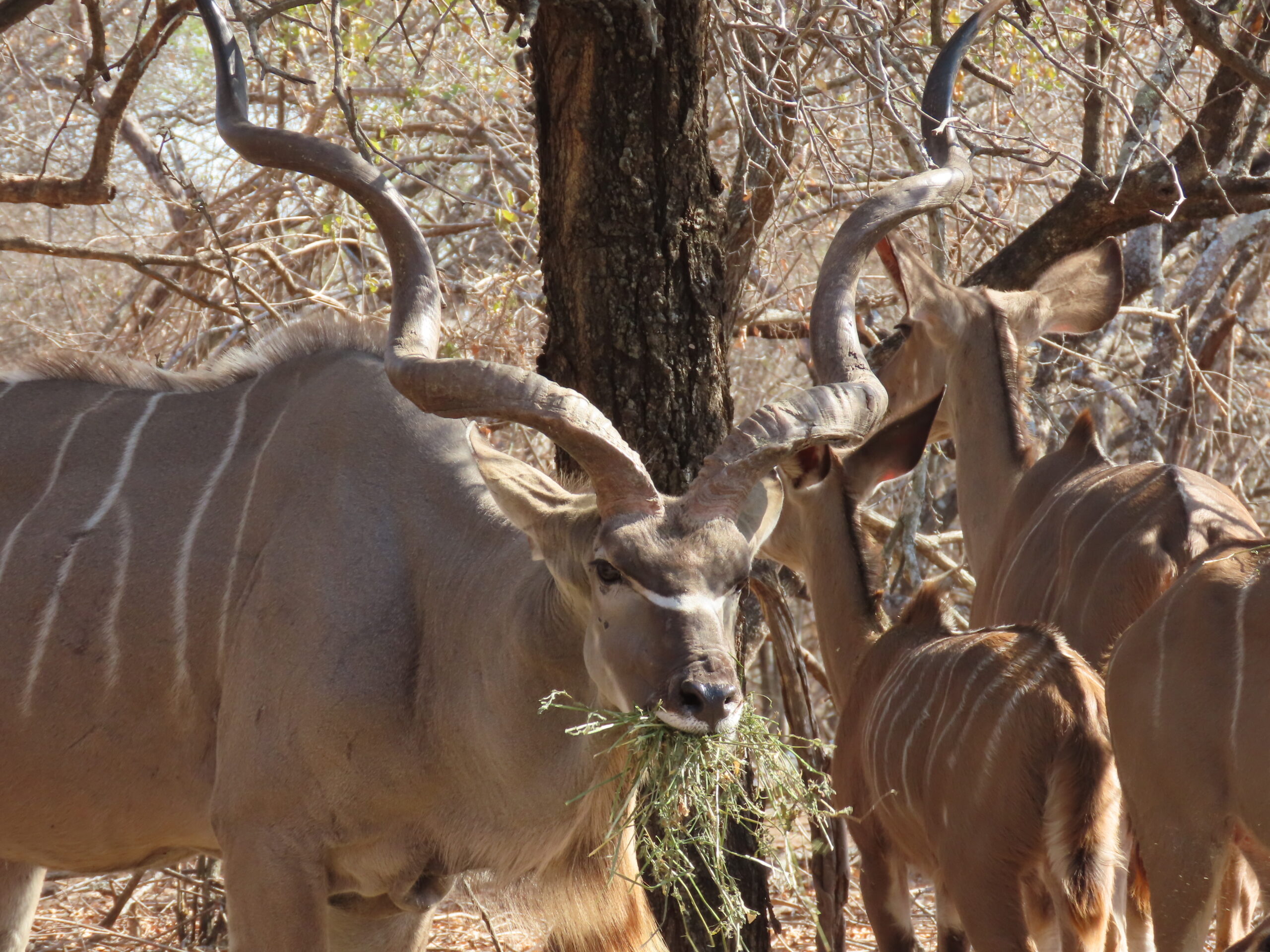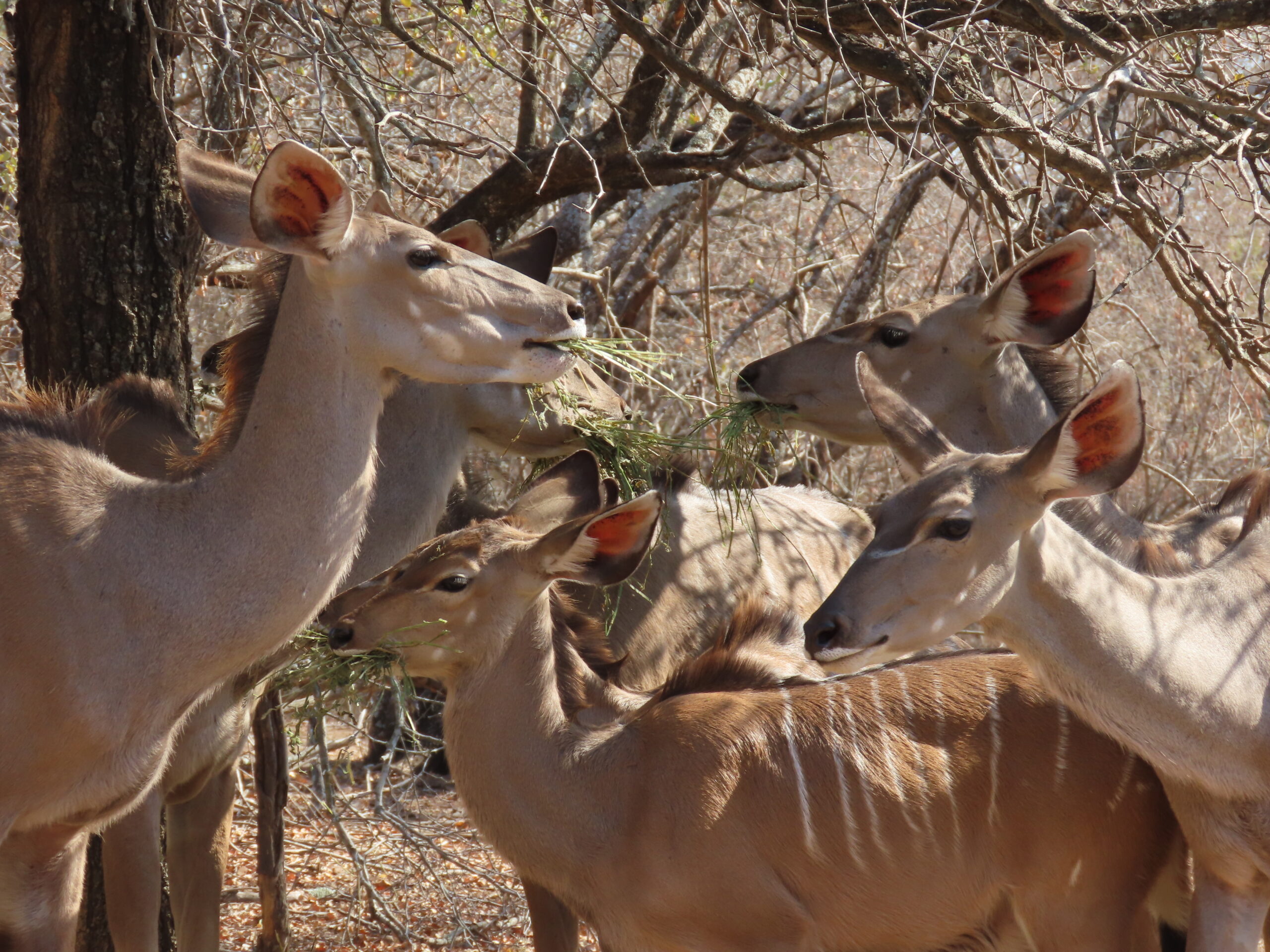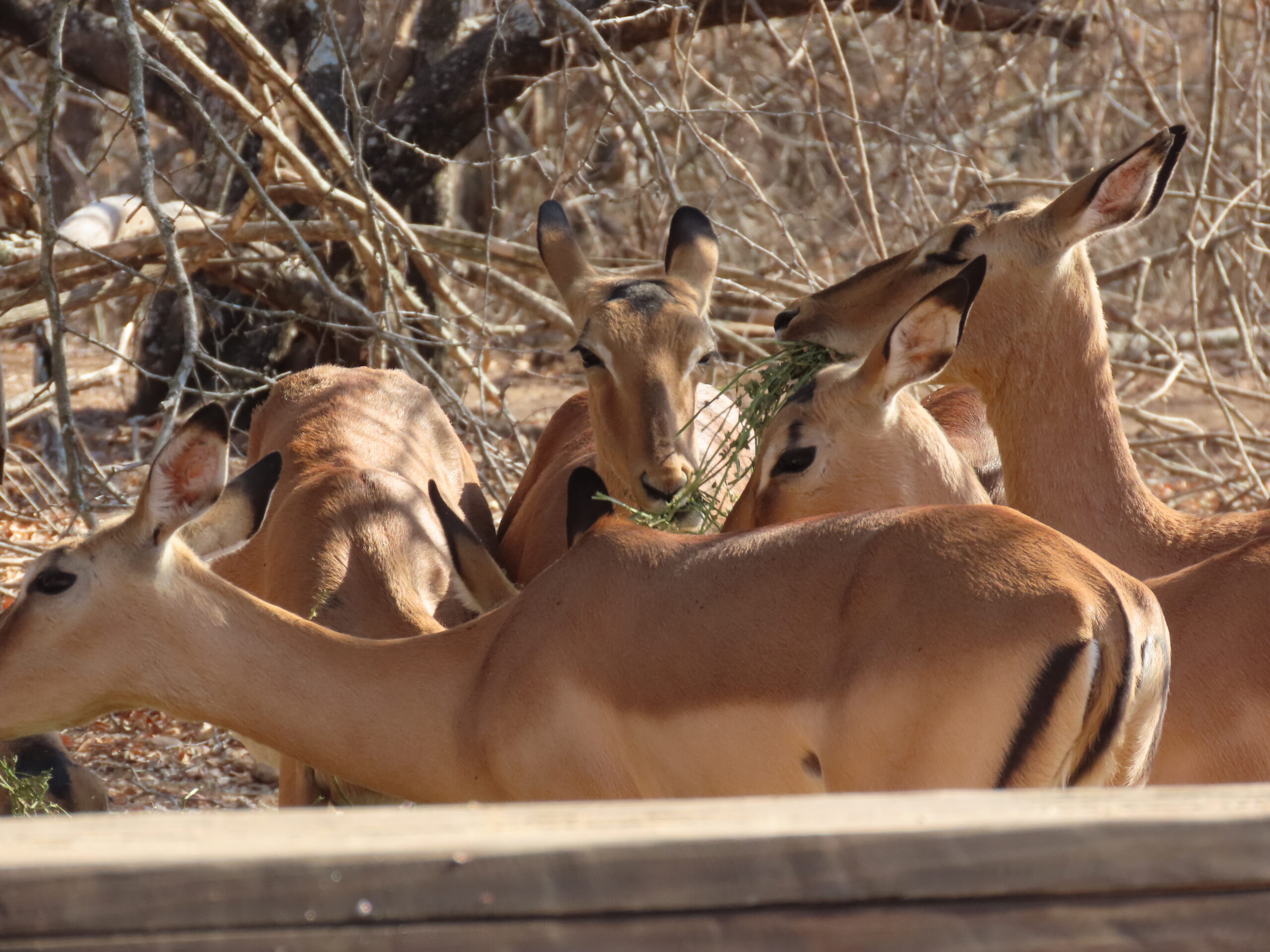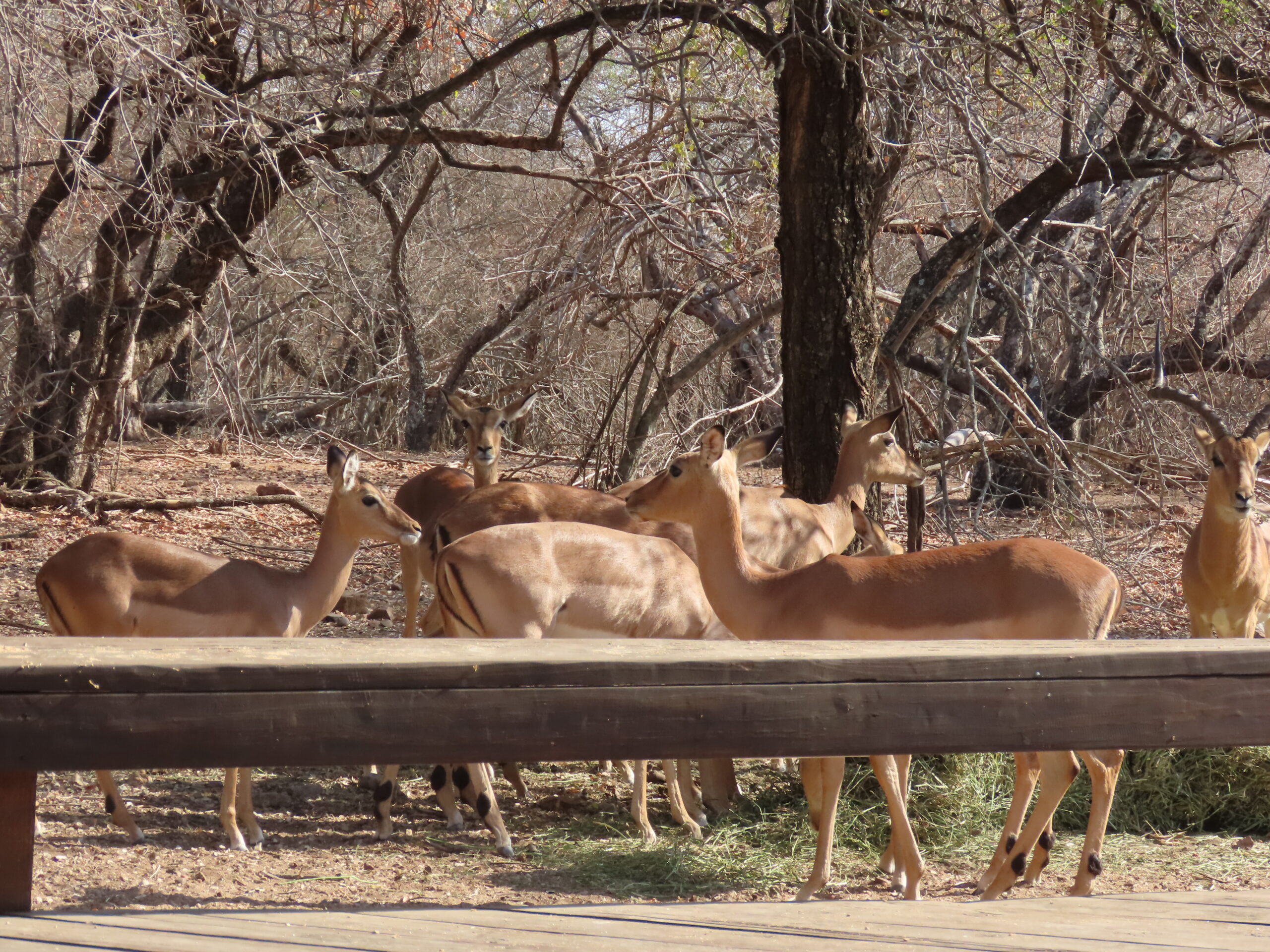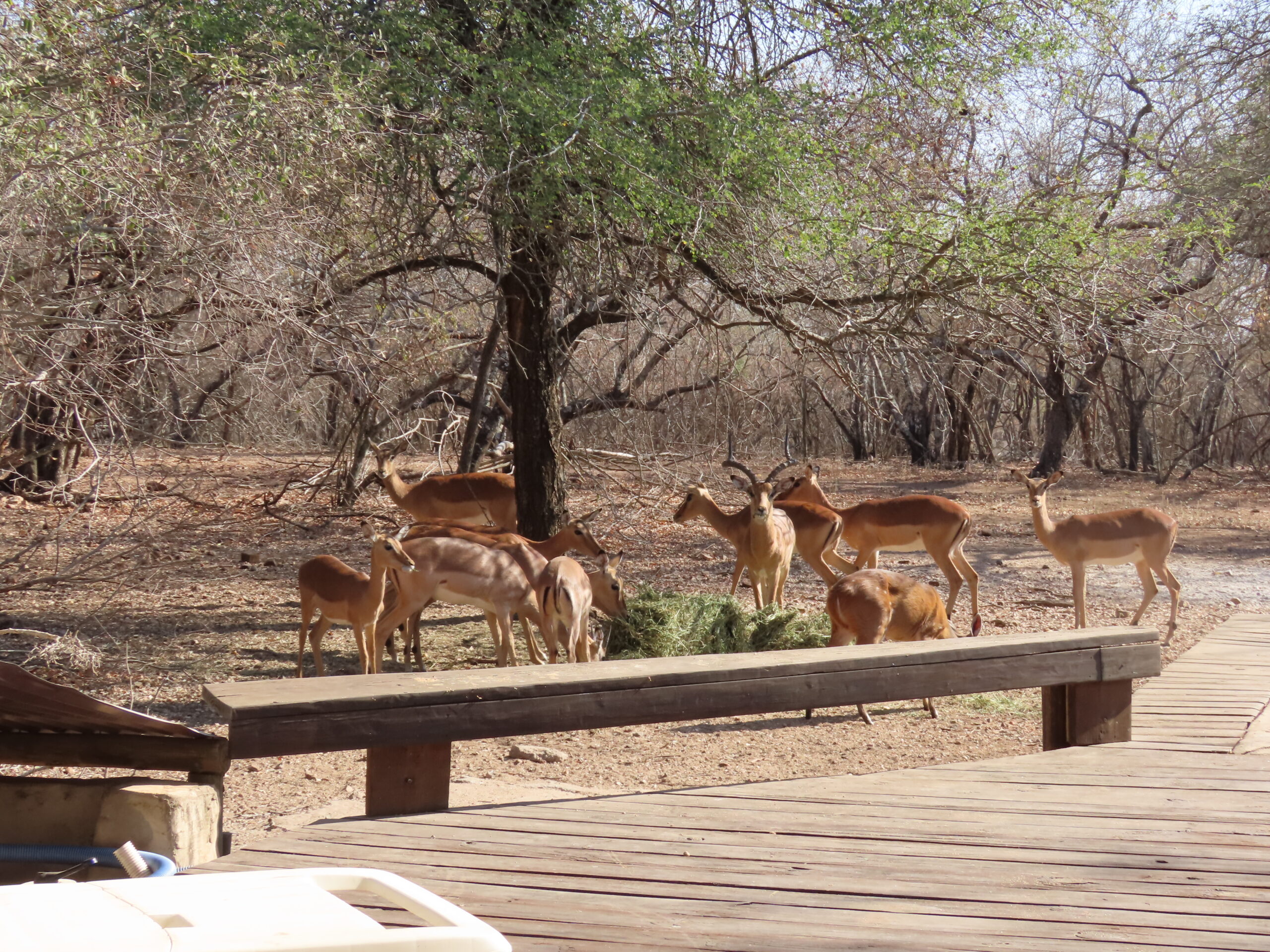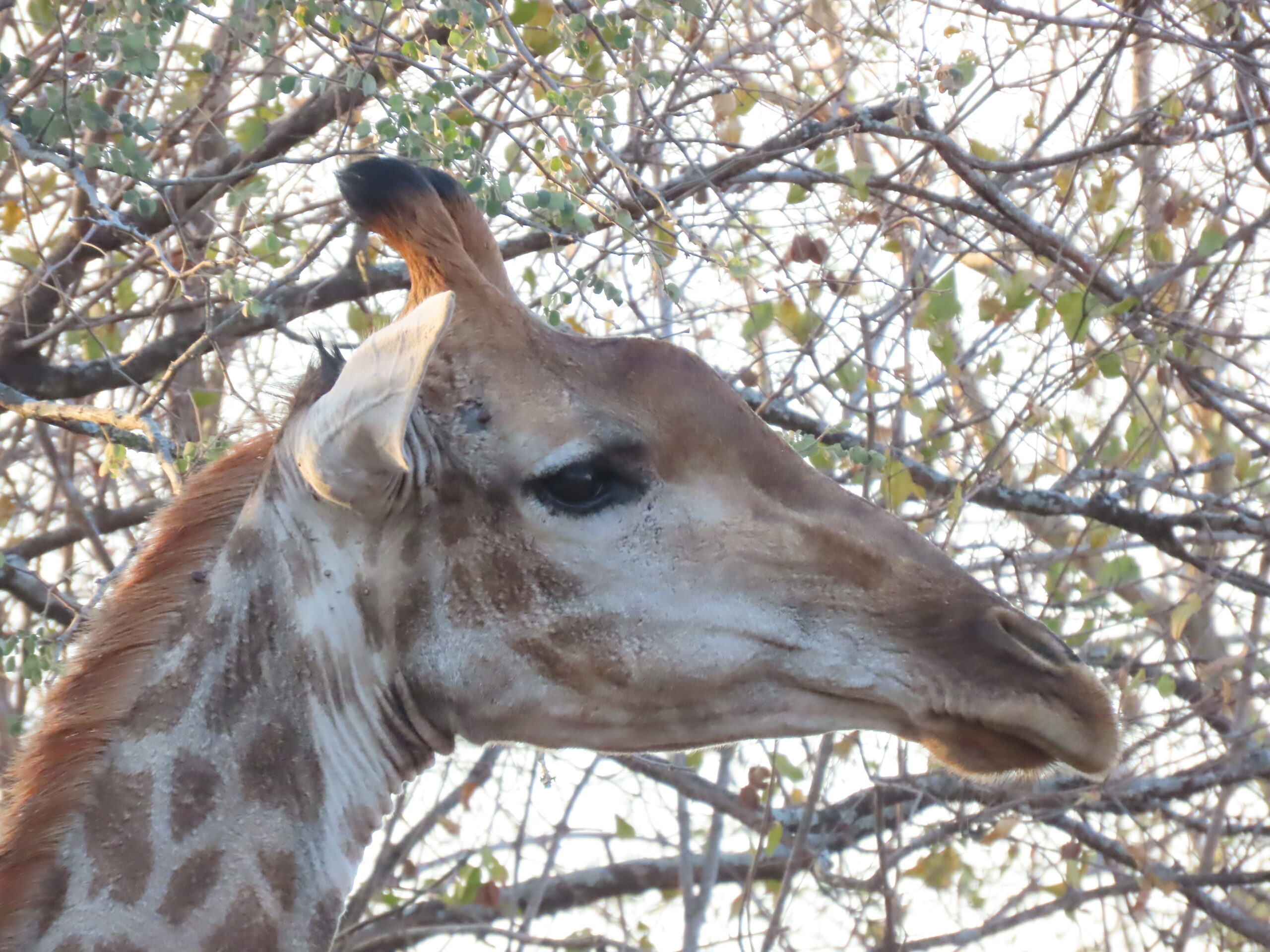
We’ve been traveling the world without a fixed address since 2012. That’s more than a decade of waking up in unfamiliar beds, deciphering foreign street signs, and learning to call strangers “friend” in languages we sometimes mispronounce but always try to speak with heart.
Some people ask if we ever get tired of it, this life without a house or a closet of our own, without a familiar neighborhood bakery or the same barista who knows our name and order. But we don’t. Not in the way they mean.
Yes, there are moments of exhaustion. We’ve waited out thunderstorms in airports with cracked ceilings, gotten lost on dirt roads where GPS dropped off hours ago, and fumbled through visa offices where bureaucracy seems to be the only common language. We’ve been sick in places where pharmacies were hard to find and comfort food even harder, and we’ve had to learn the quiet art of grieving from afar, missing weddings, funerals, birthdays, and spontaneous family dinners. These are not small sacrifices.
But still, we love it.
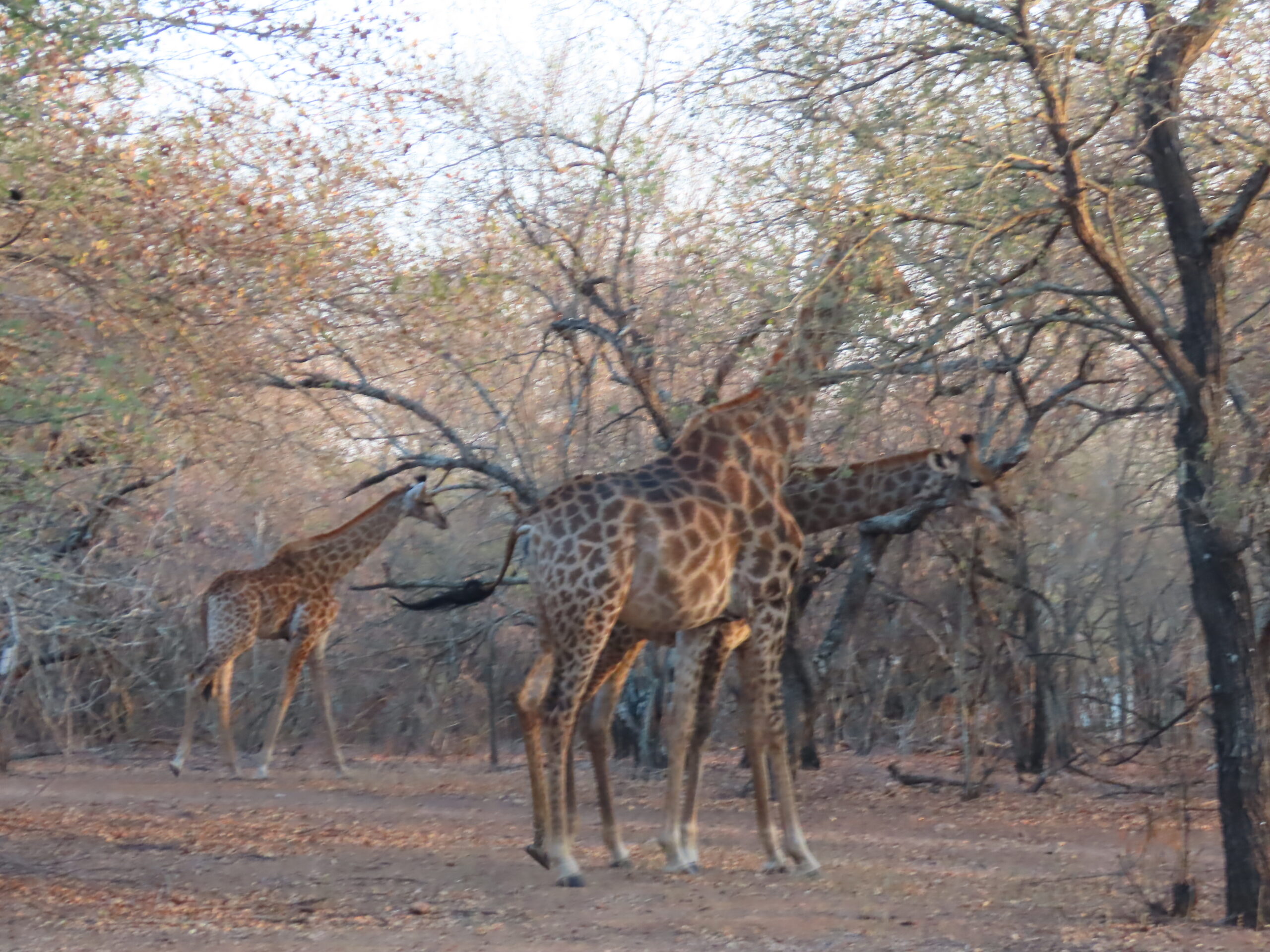
We love it because every day feels like a possibility. Because there is something profoundly humbling about being a guest in the world. You become softer around the edges. You listen more. You observe without assuming. You laugh more easily because the best way to bridge the gap between cultures is often humor, especially the kind that comes at your own expense.
The truth is, we’ve built a different kind of home. Not one made of brick and mortar, but of memories and muscle memory. We know how to pack in ten minutes. We can find the local produce market in a town we’ve just arrived in. We know how to read the kindness in someone’s eyes, even when the words between us are garbled and incomplete. That kind of fluency, the one that has nothing to do with language and everything to do with connection, might be the richest thing we’ve learned.
We’ve fallen in love with the slow mornings in Bali, where roosters cry before dawn and the scent of incense drifts through the windows. We’ve found serenity with the majestic views of New Zealand, where the lush green landscape rolls by like an exquisite painting, and the expansive views of the sea. We’ve danced in the streets of South America, where music spills out of every open window, and we’ve shared silence under a starlit African sky so vast it made us feel both tiny and infinite.
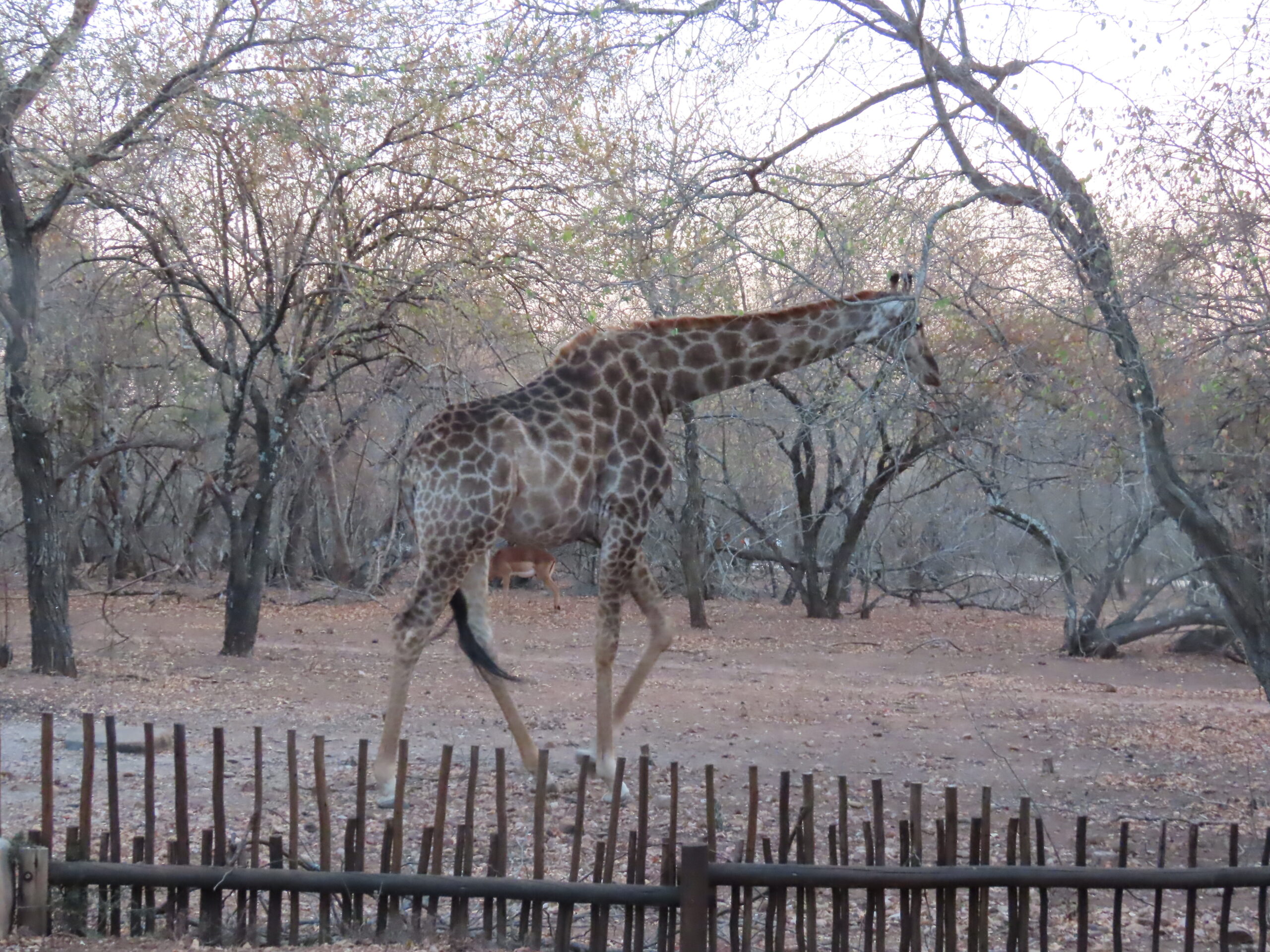
Sometimes we ache for stillness, for roots. There are days when we long for a sofa or bed we chose ourselves, a proper place to put our stuff, or a kitchen with spices that don’t have to be tossed or gifted every time we cross a border. There’s a gentle grief in that, knowing we’ve traded permanence for movement.
But movement is what keeps us alive. It’s what keeps our hearts curious, our minds expanding. It’s what reminds us that there’s always more to learn, more to see, and more people to meet. And more importantly, more versions of ourselves to become. Travel peels away the layers. It challenges you to let go of assumptions, to meet discomfort with grace, and to live in the question instead of racing toward the answer.
Over the years, we’ve become both lighter and deeper. Our wardrobe fits in two suitcases, yet our emotional toolkit has grown complex and complete. We’ve learned how to say goodbye with sincerity, how to arrive with humility, and how to be okay with the space in between. We’ve watched the sun rise in so many places now that we’ve stopped counting, but we’ve never stopped being moved by the simple miracle of a new day in a new place.
And the people…oh, the people, and the wildlife… Our life is a patchwork of kind souls who’ve opened their hearts, shared meals with us, and made us laugh when we didn’t think we could. They are the beating heart of our journey. We’ve learned that home isn’t a place. It’s a feeling, and it travels with you when your heart stays open.
So, how do we feel after all these years on the road?
We feel grateful. Deeply, breath-catchingly grateful.
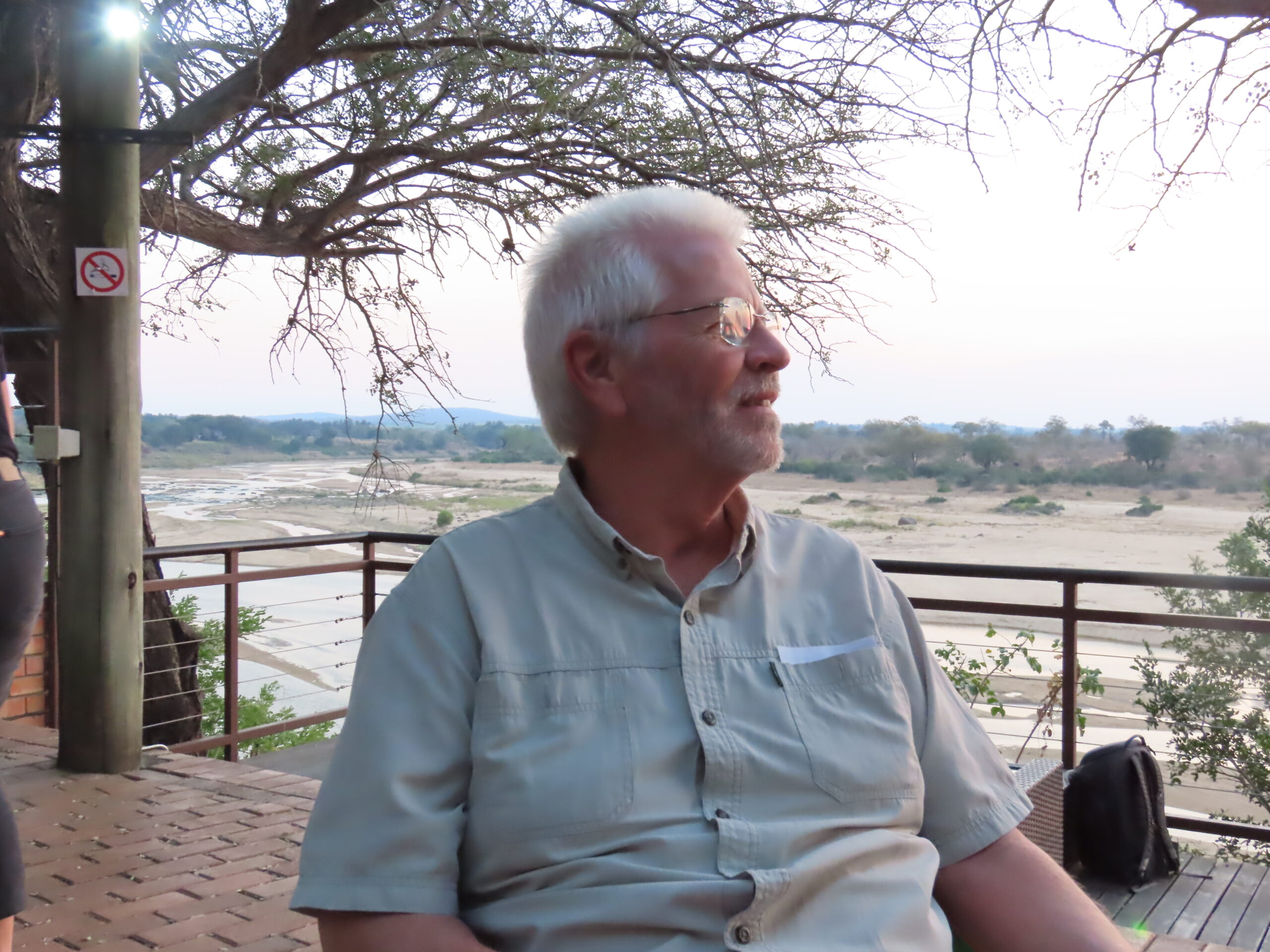
We feel privileged, not in the sense of luxury, but in the sense of opportunity. That we get to live this life, with all its complexities and occasional chaos, is something we never take for granted. We feel more connected to the world, even as we sometimes float just outside of its conventions. We feel like wanderers by design, but grounded by purpose.
We still love it. Perhaps even more so now than when we began. Because love deepens with time, it becomes quieter, less frantic, but more enduring. Like the way a well-traveled road feels underfoot, familiar even in its unpredictability.
This life isn’t for everyone. But for us, it’s everything. And as long as there are new paths to walk, unfamiliar skies to sleep beneath, and warm, unexpected hellos waiting on the other side of a border, we’ll keep going.
Because this, this movement, this wonder, this love for the road, ultimately is home.
Be well.
Photo from ten years ago today, July 21, 2015:


